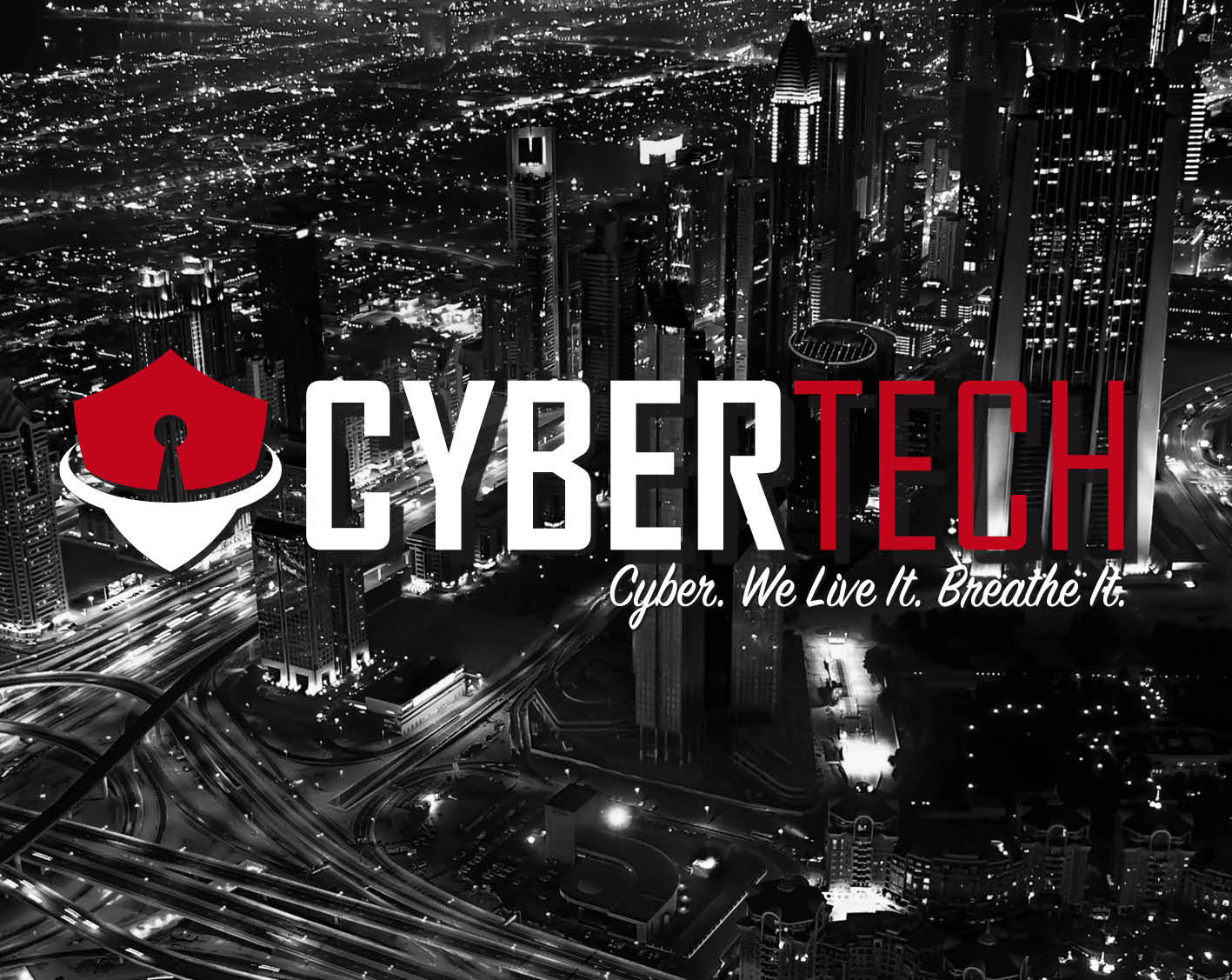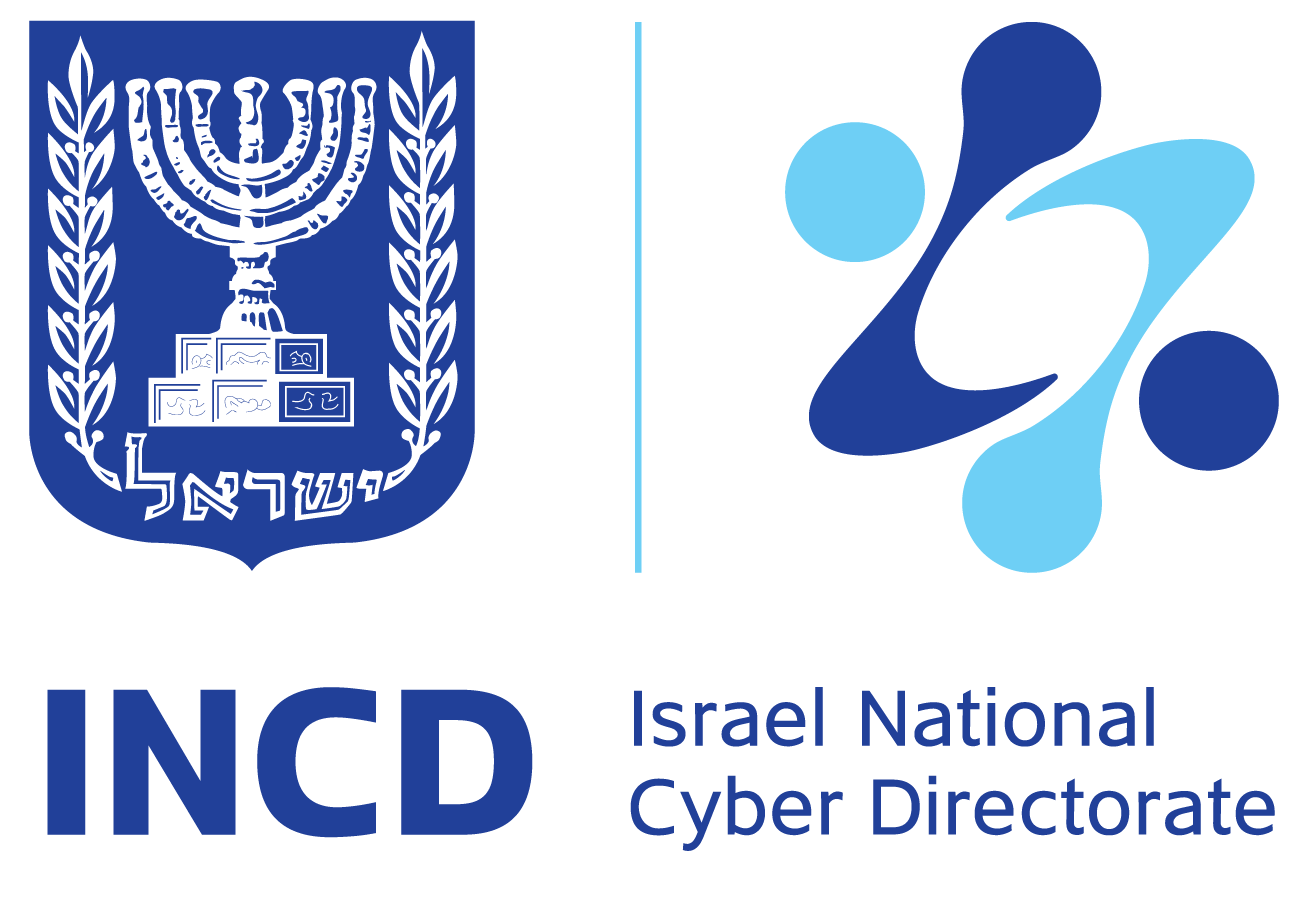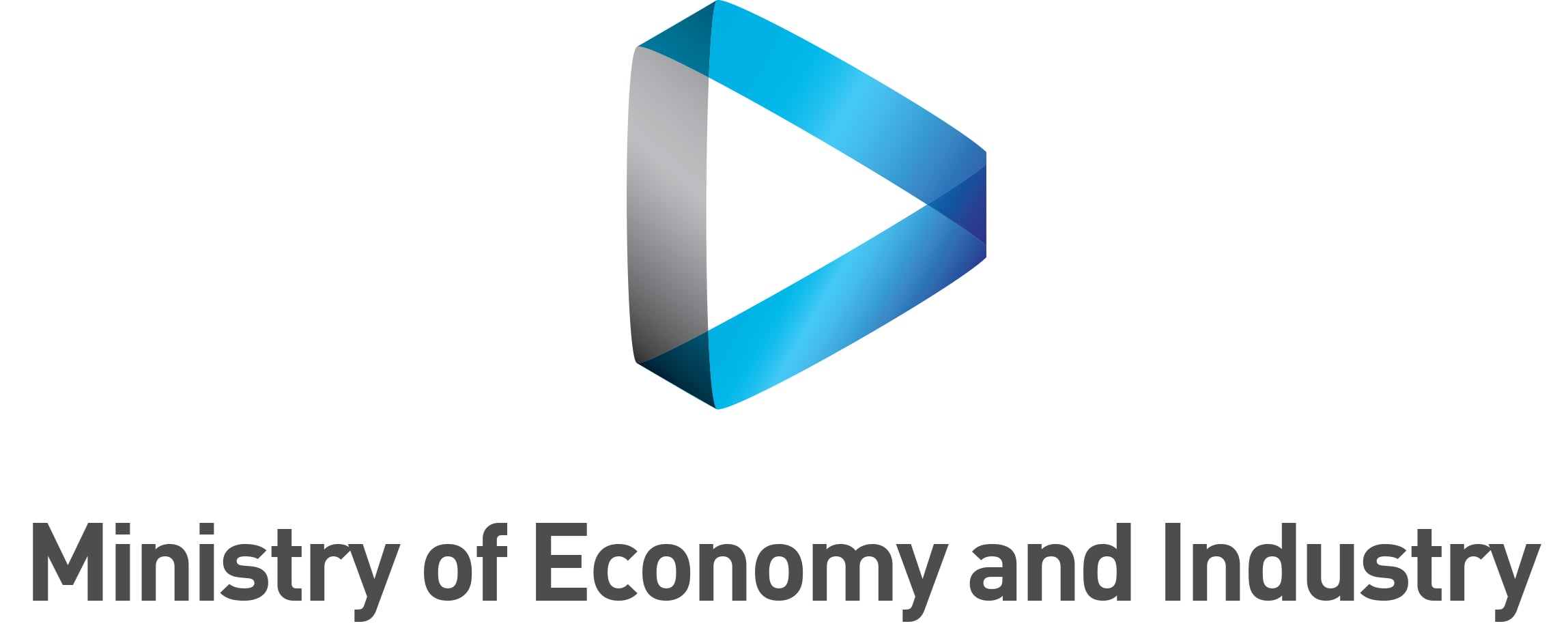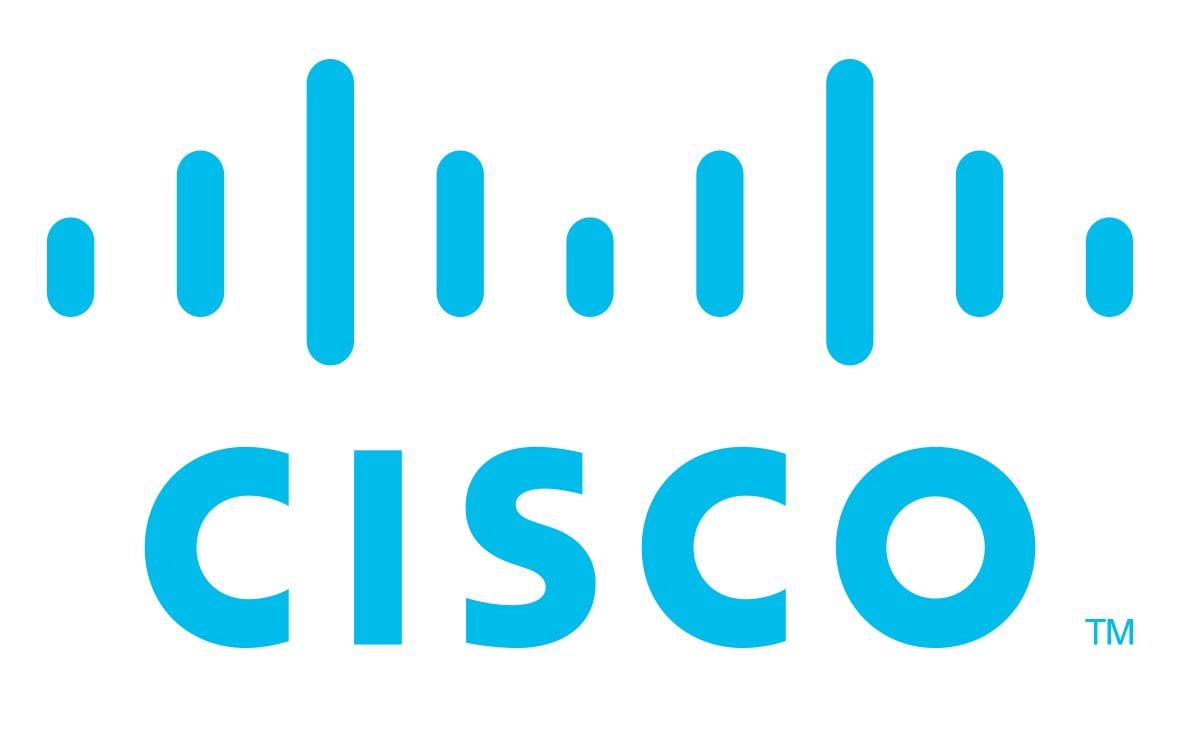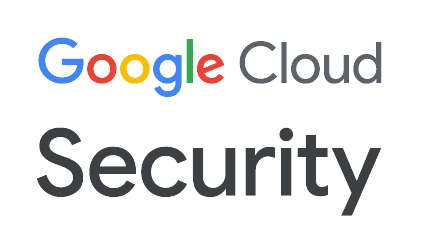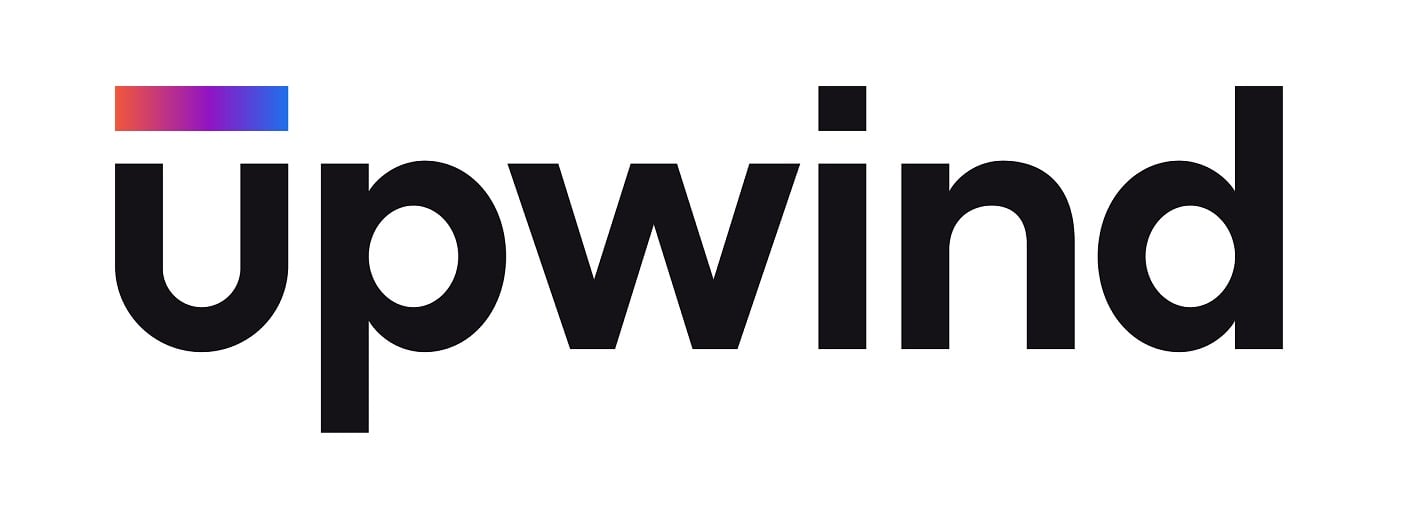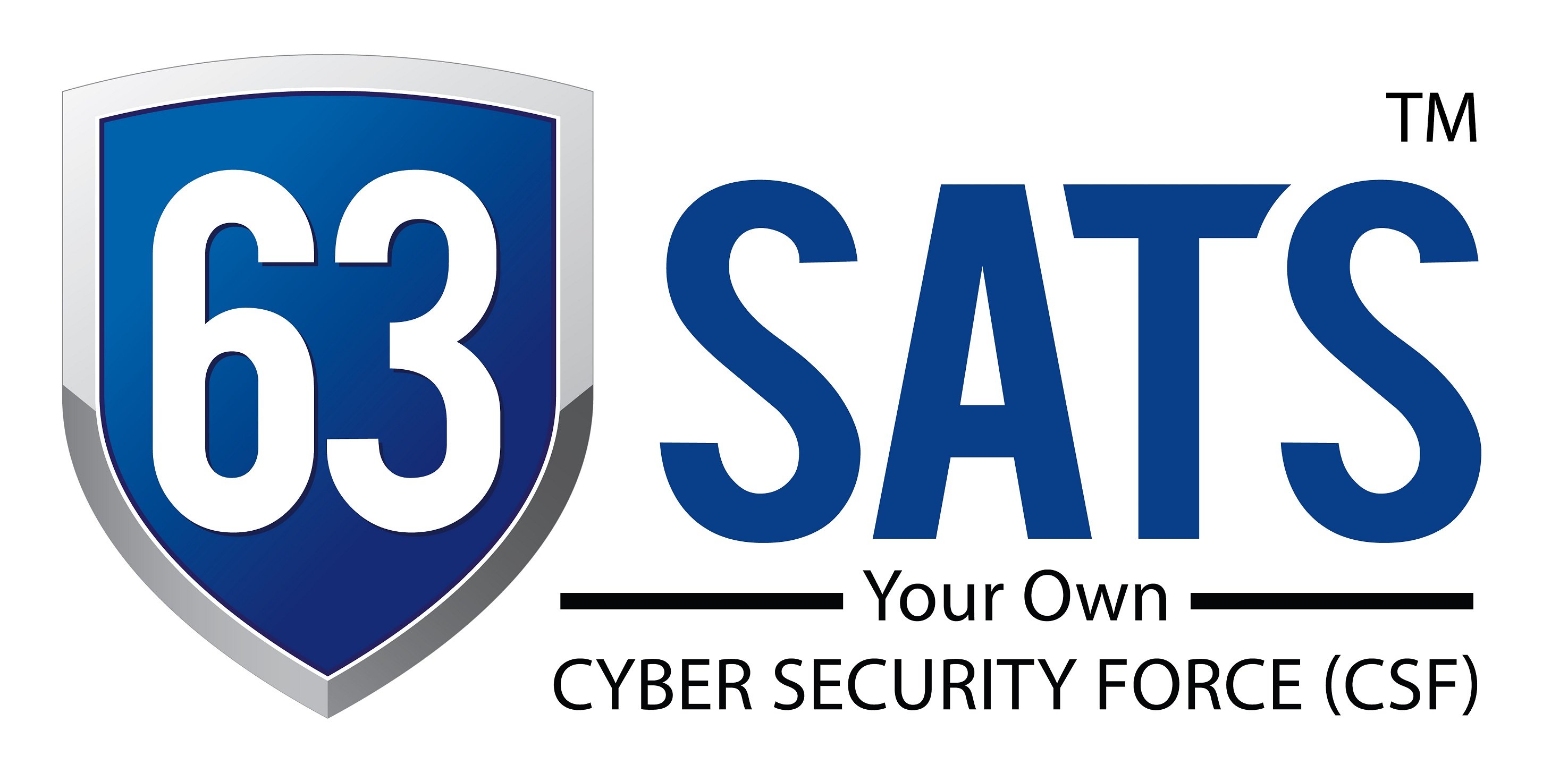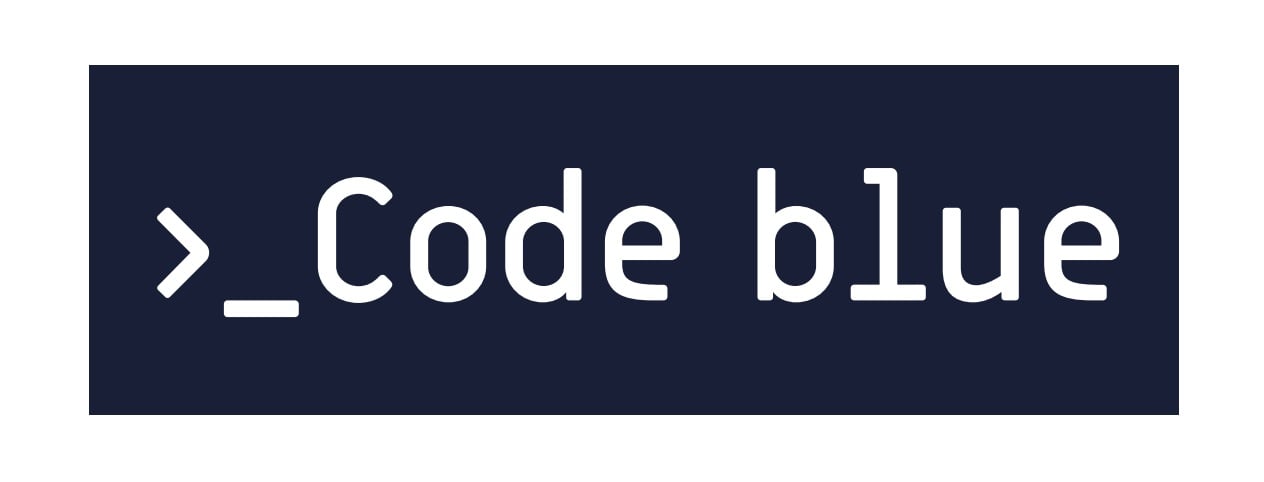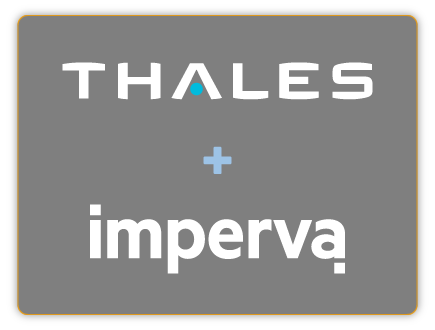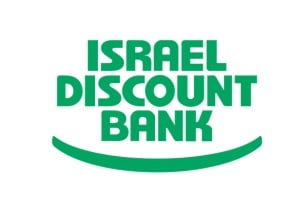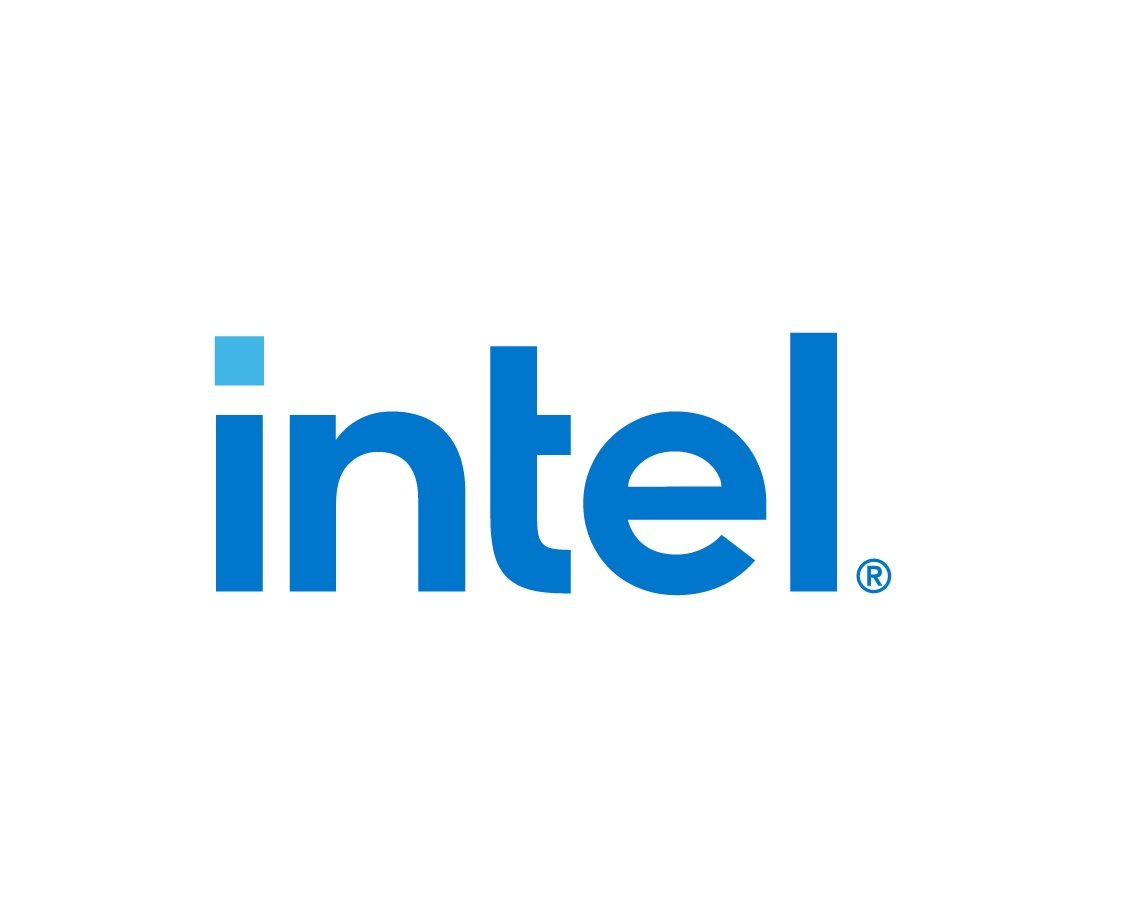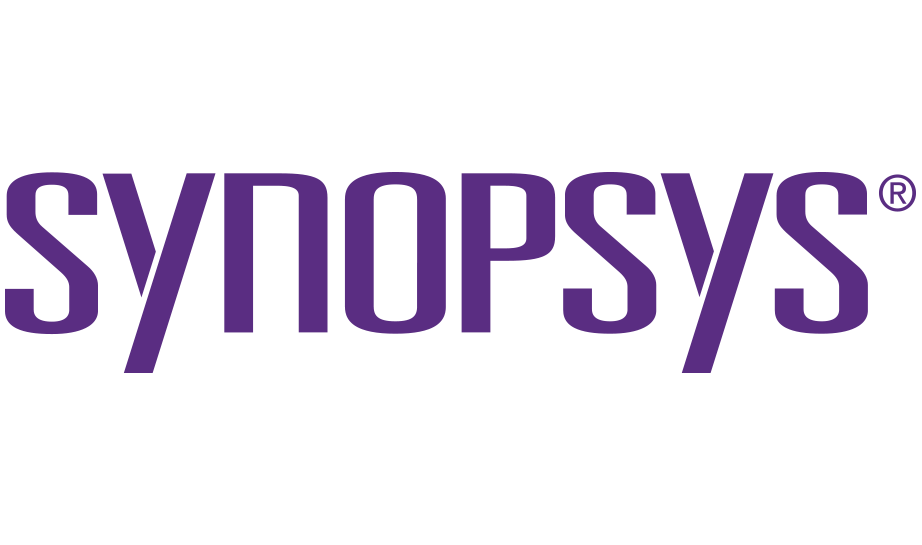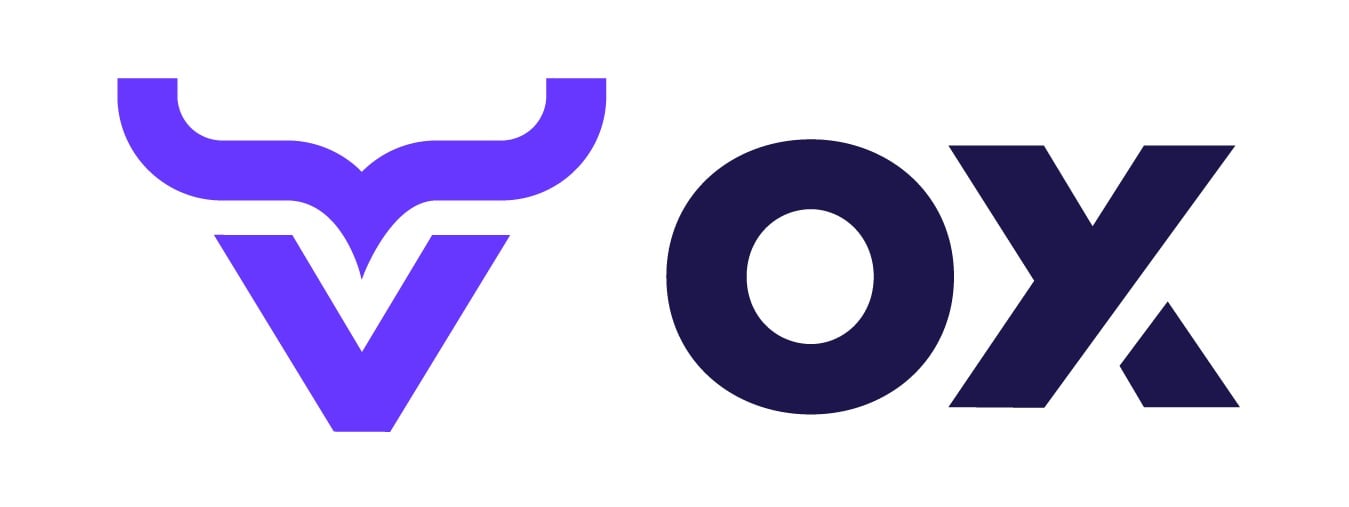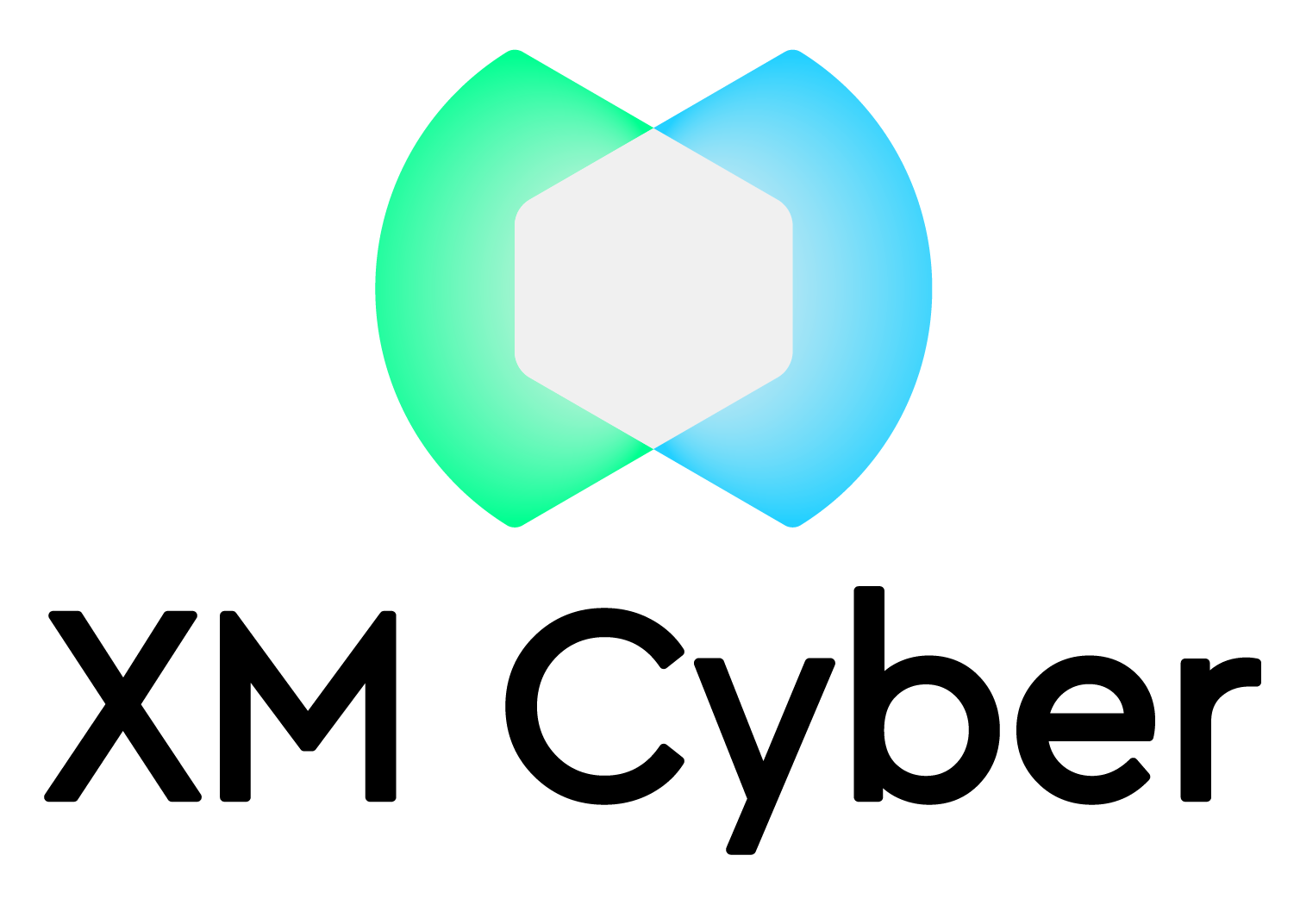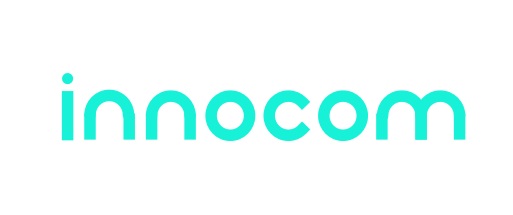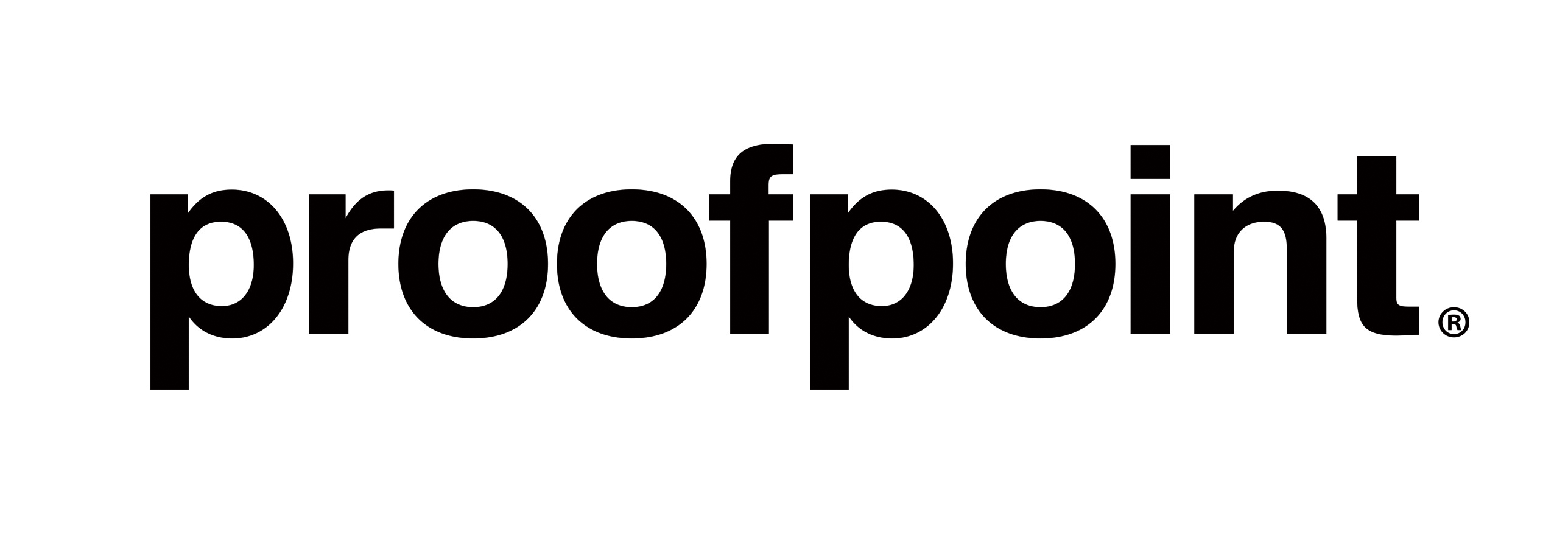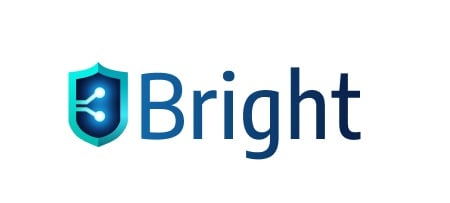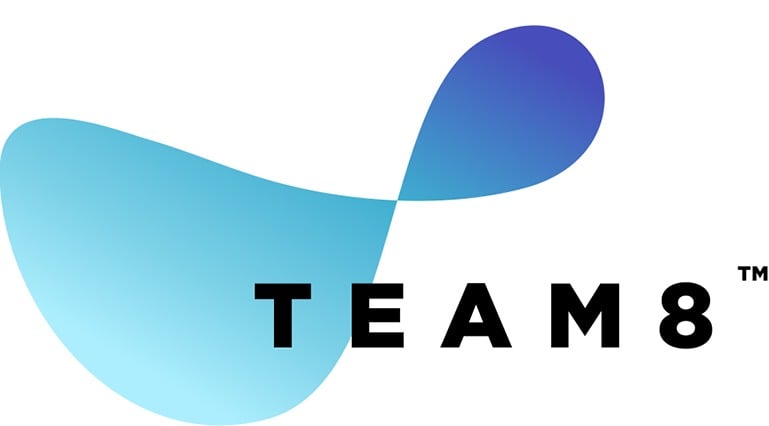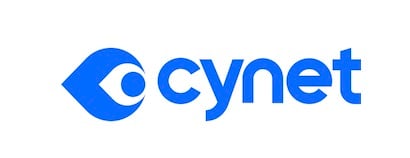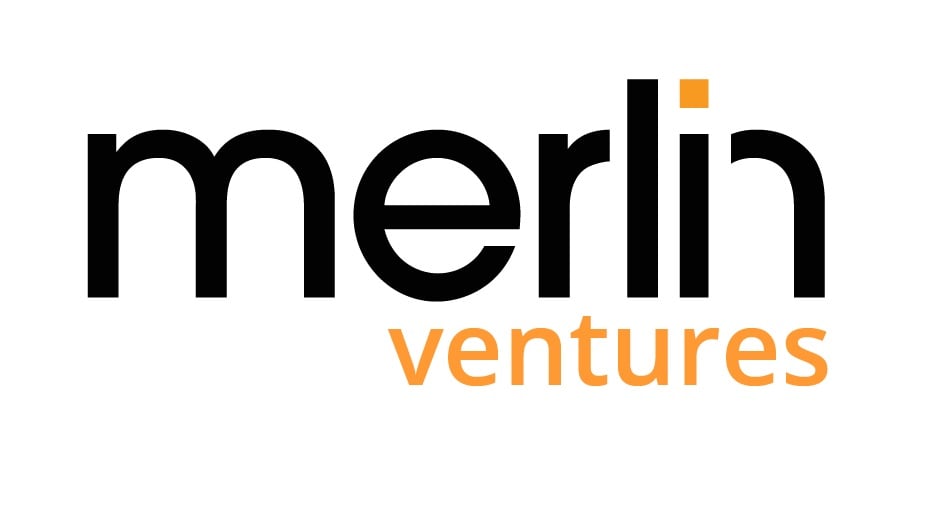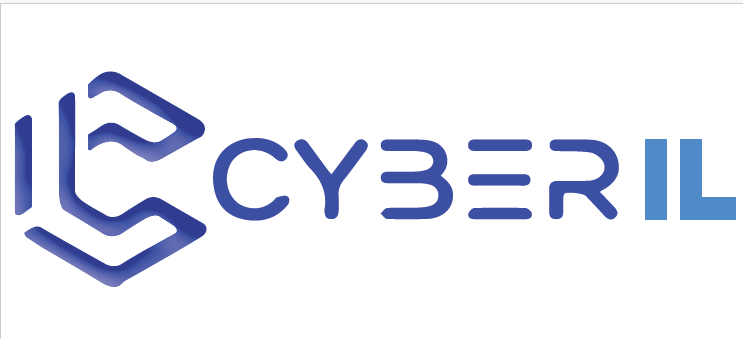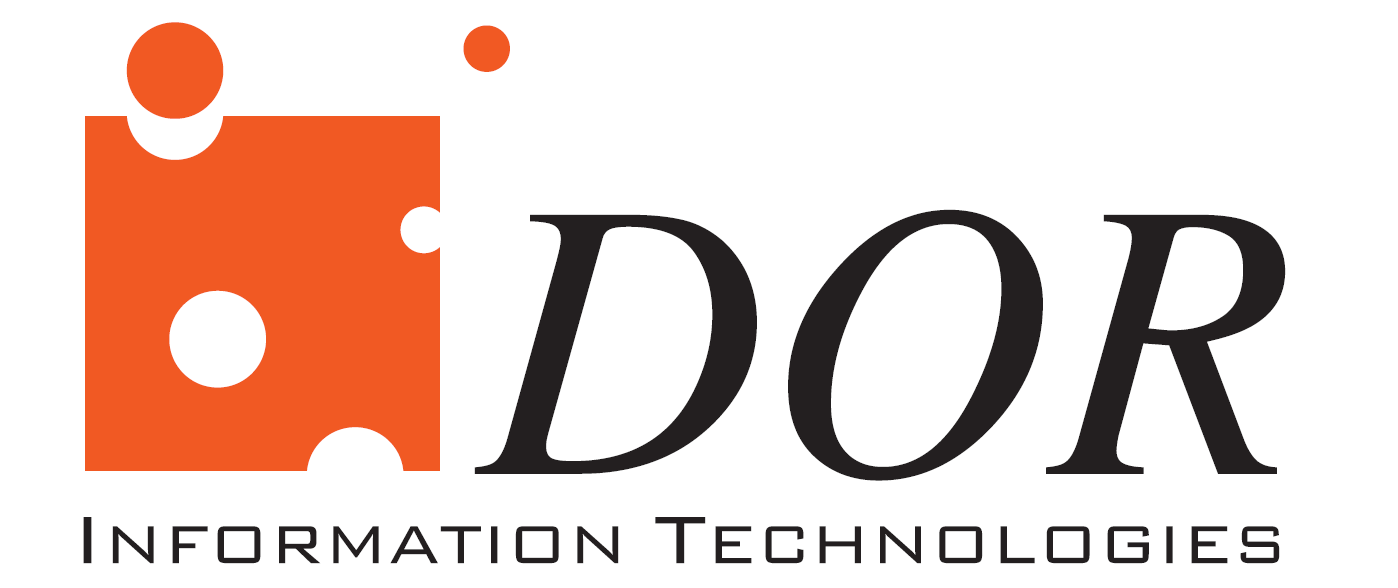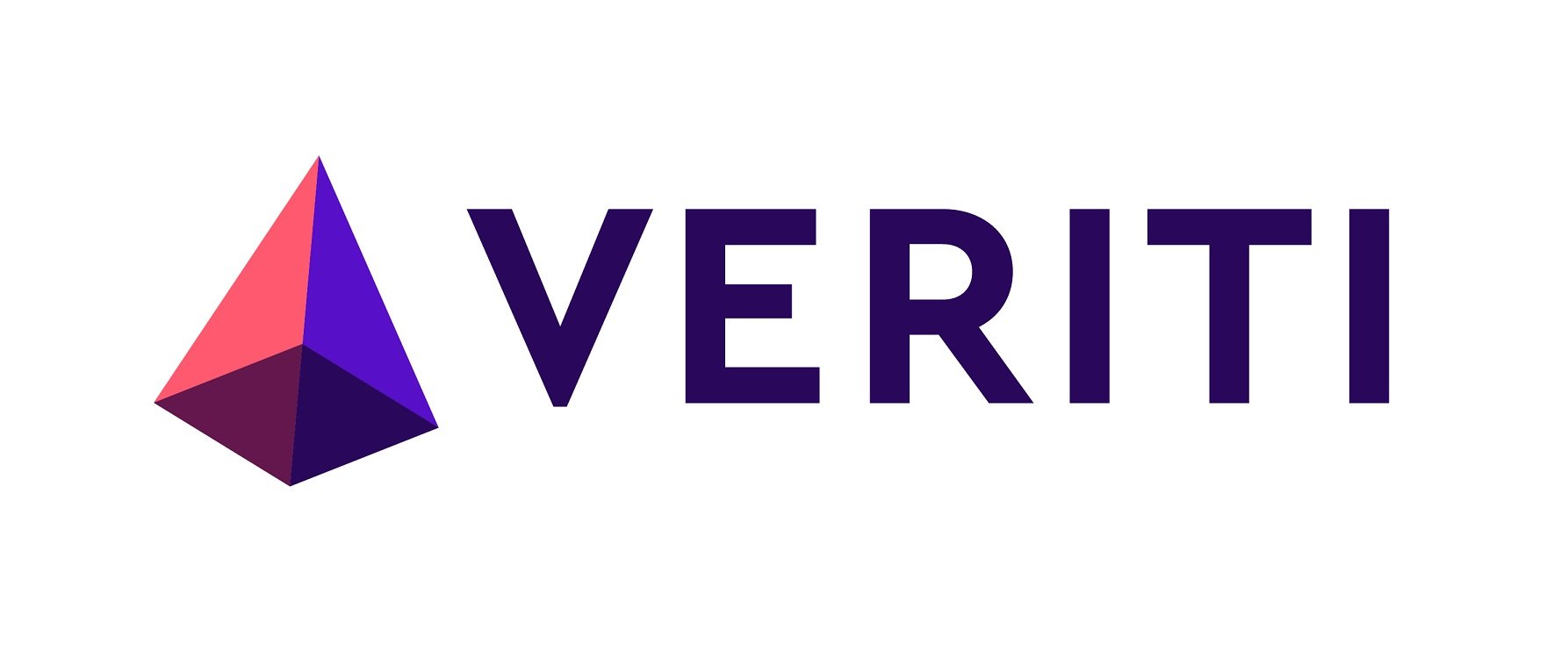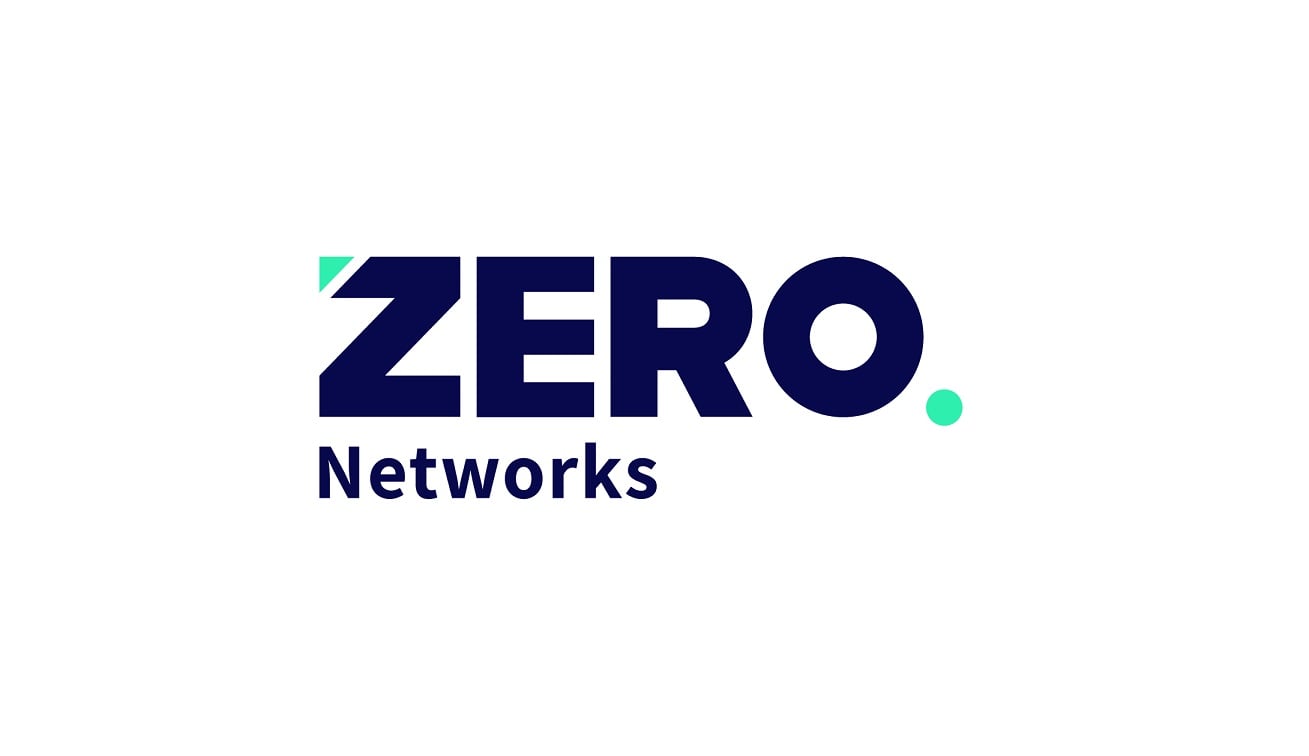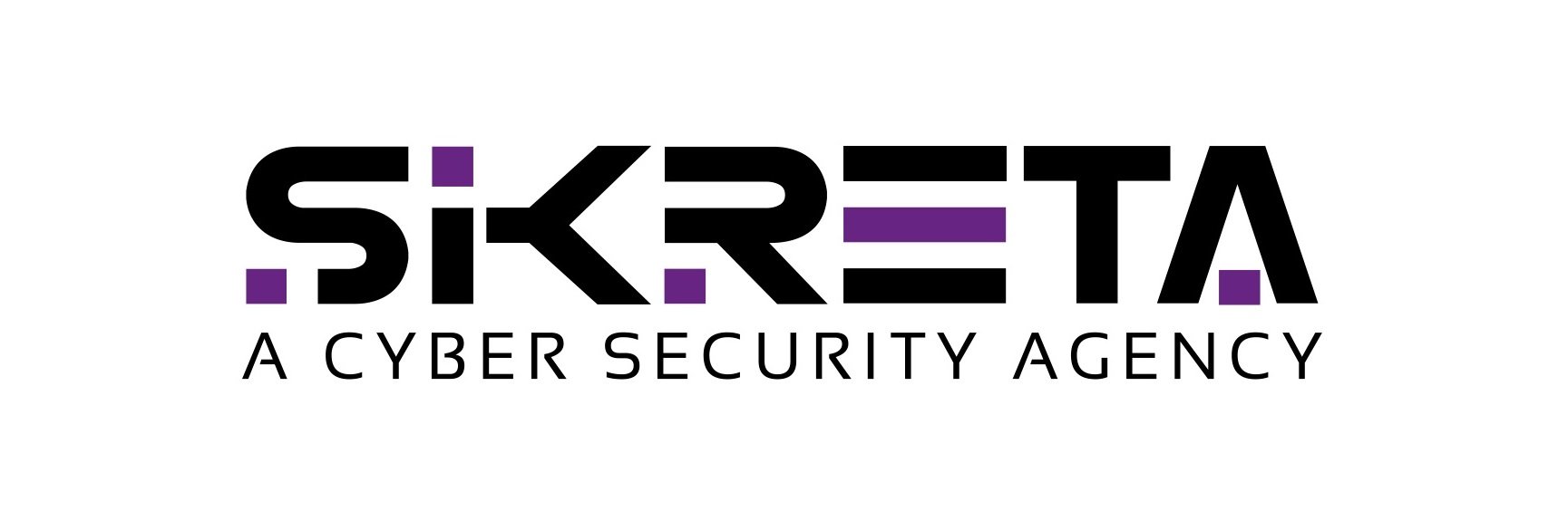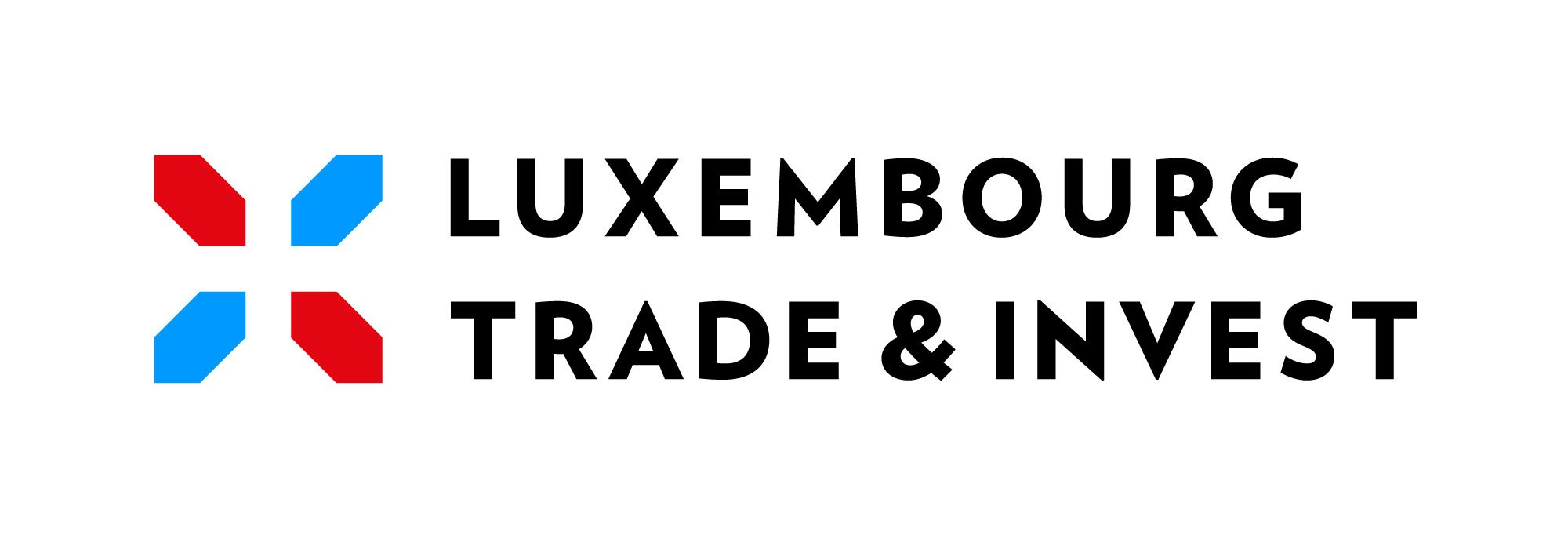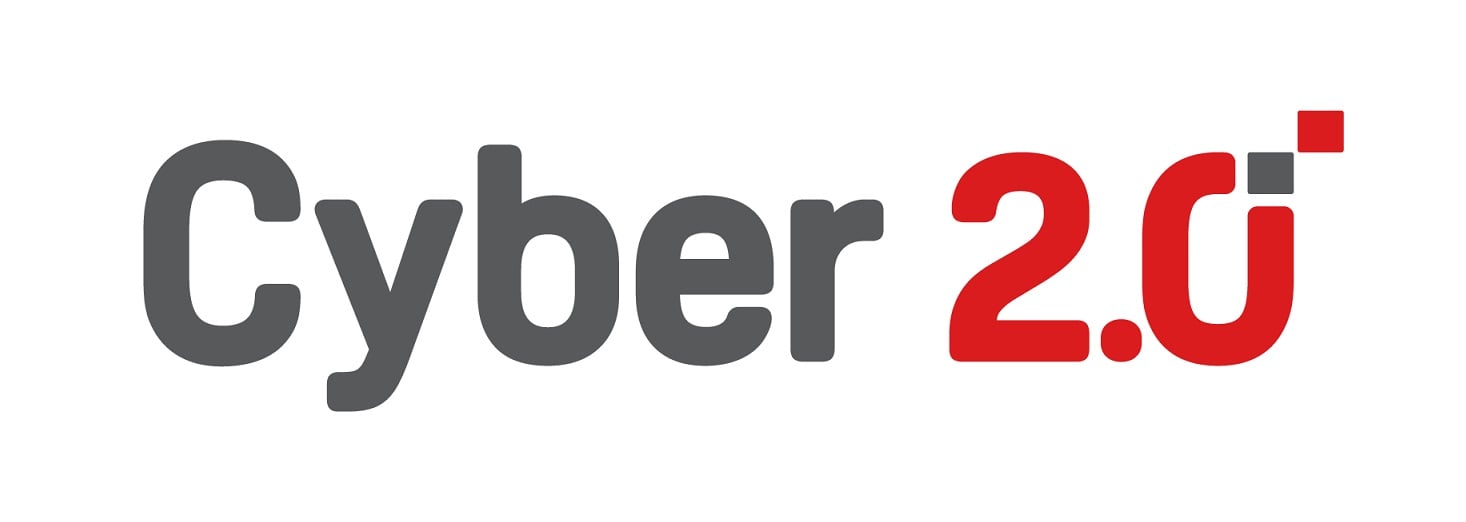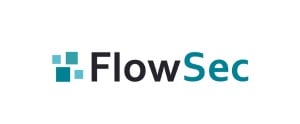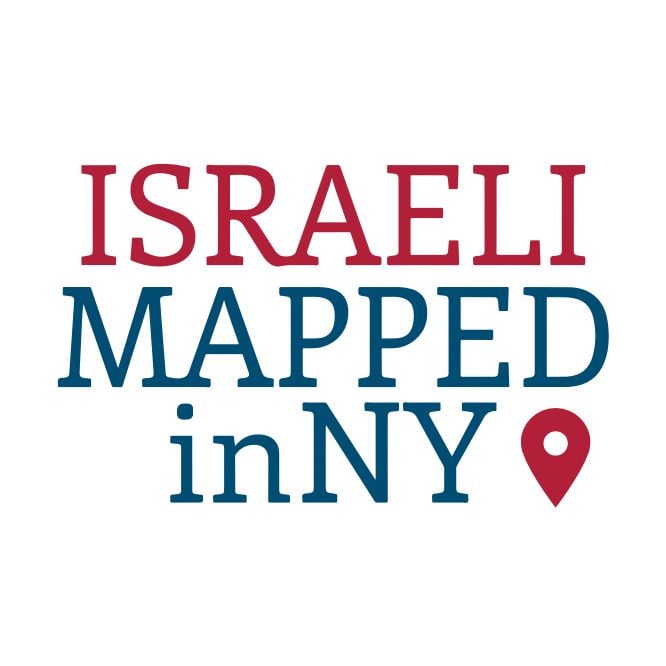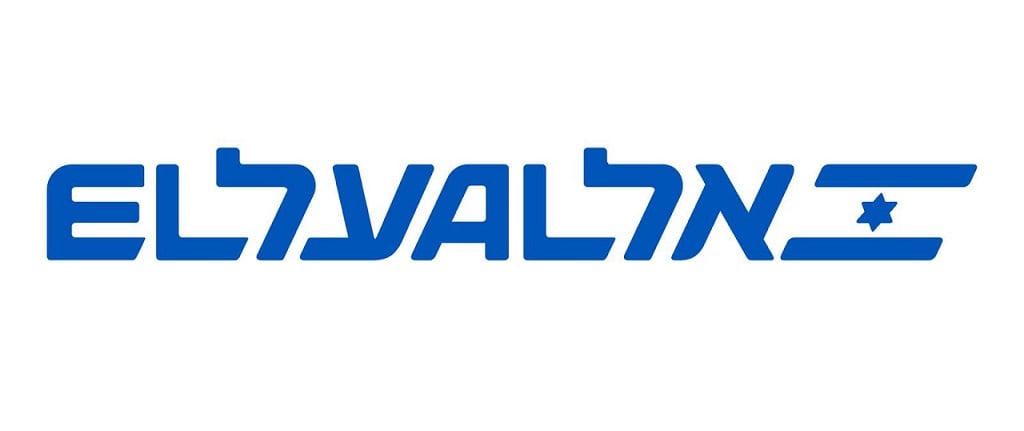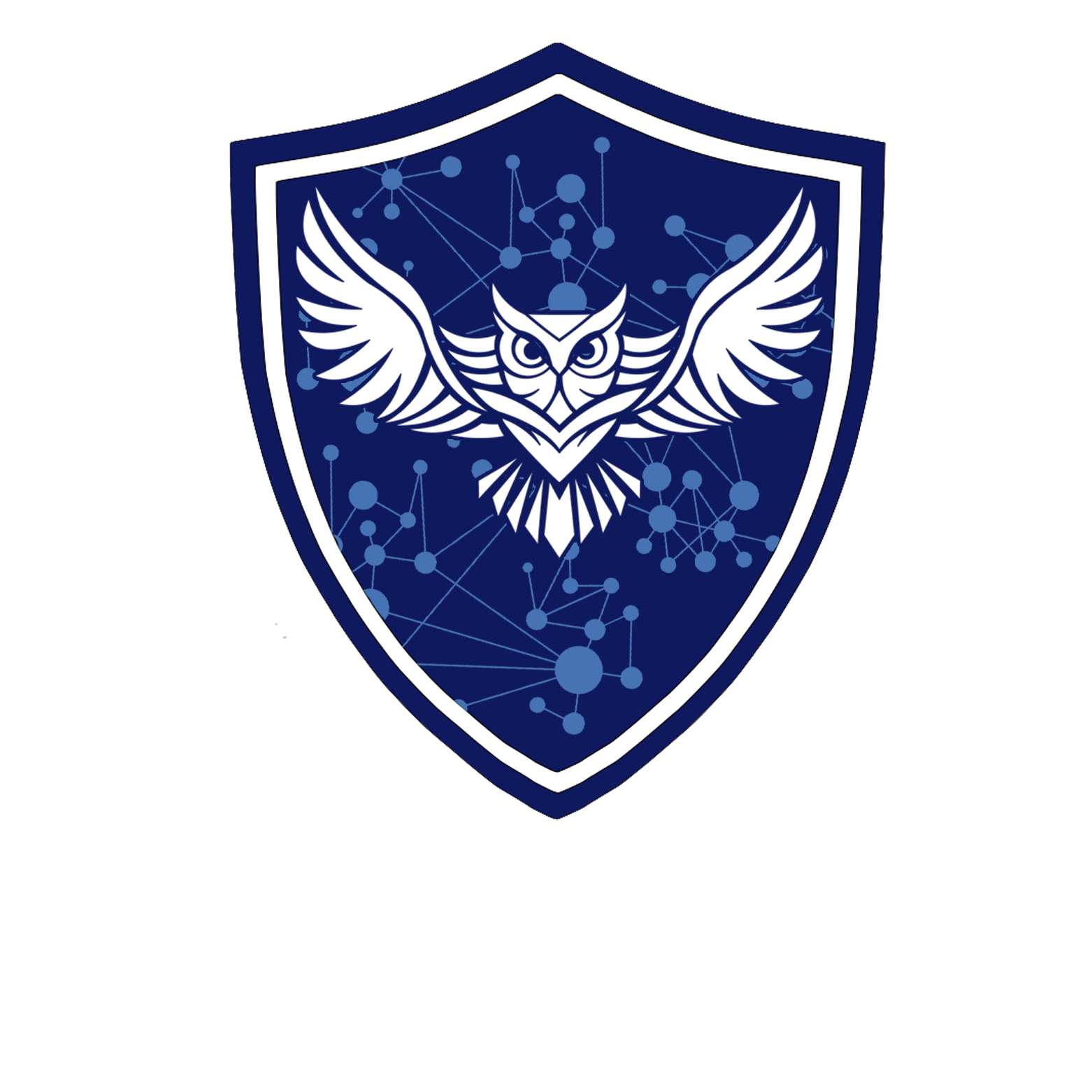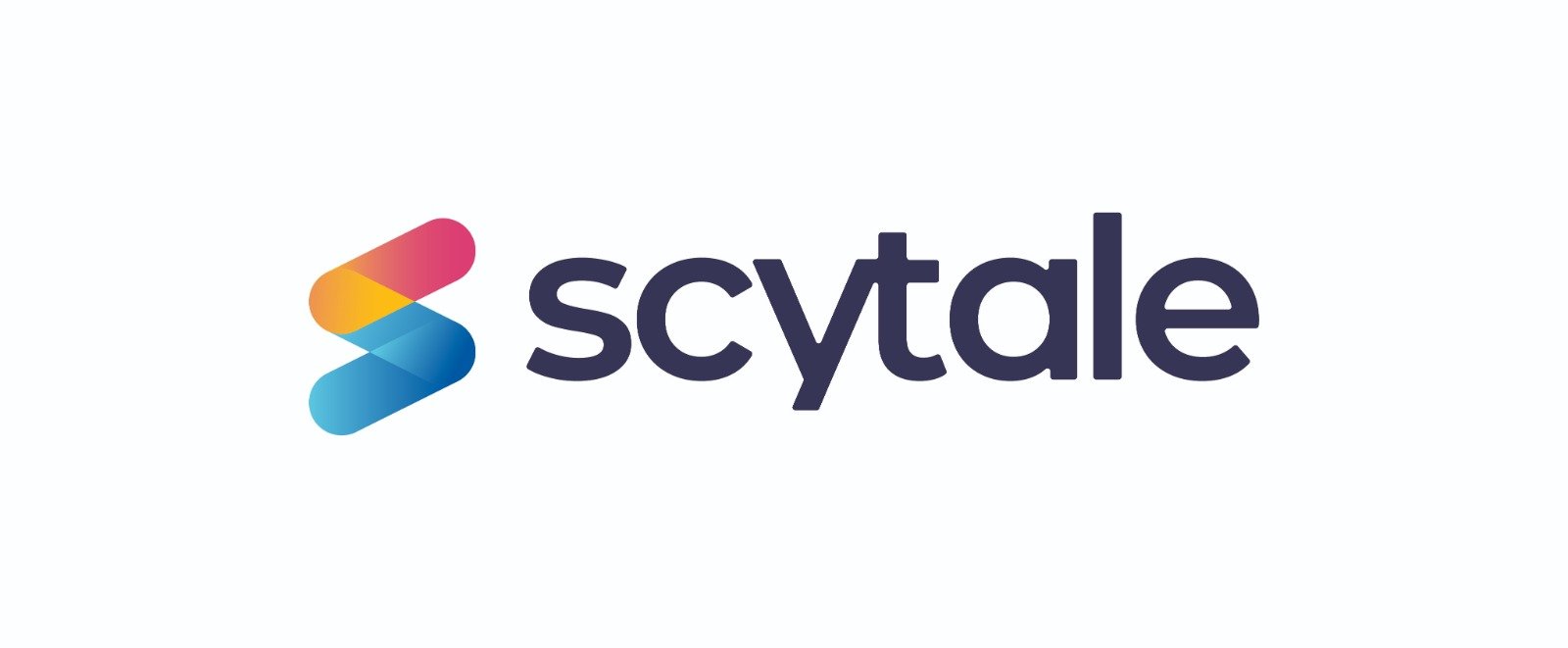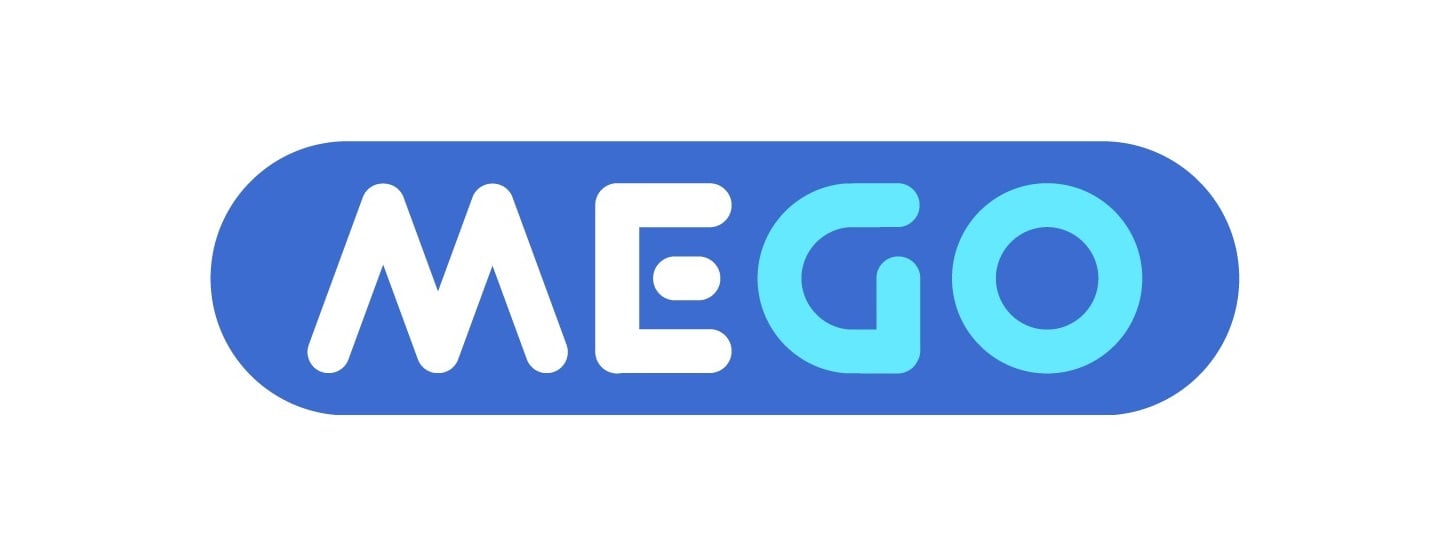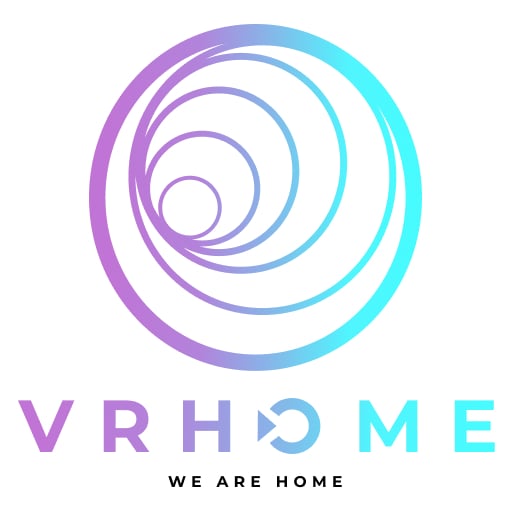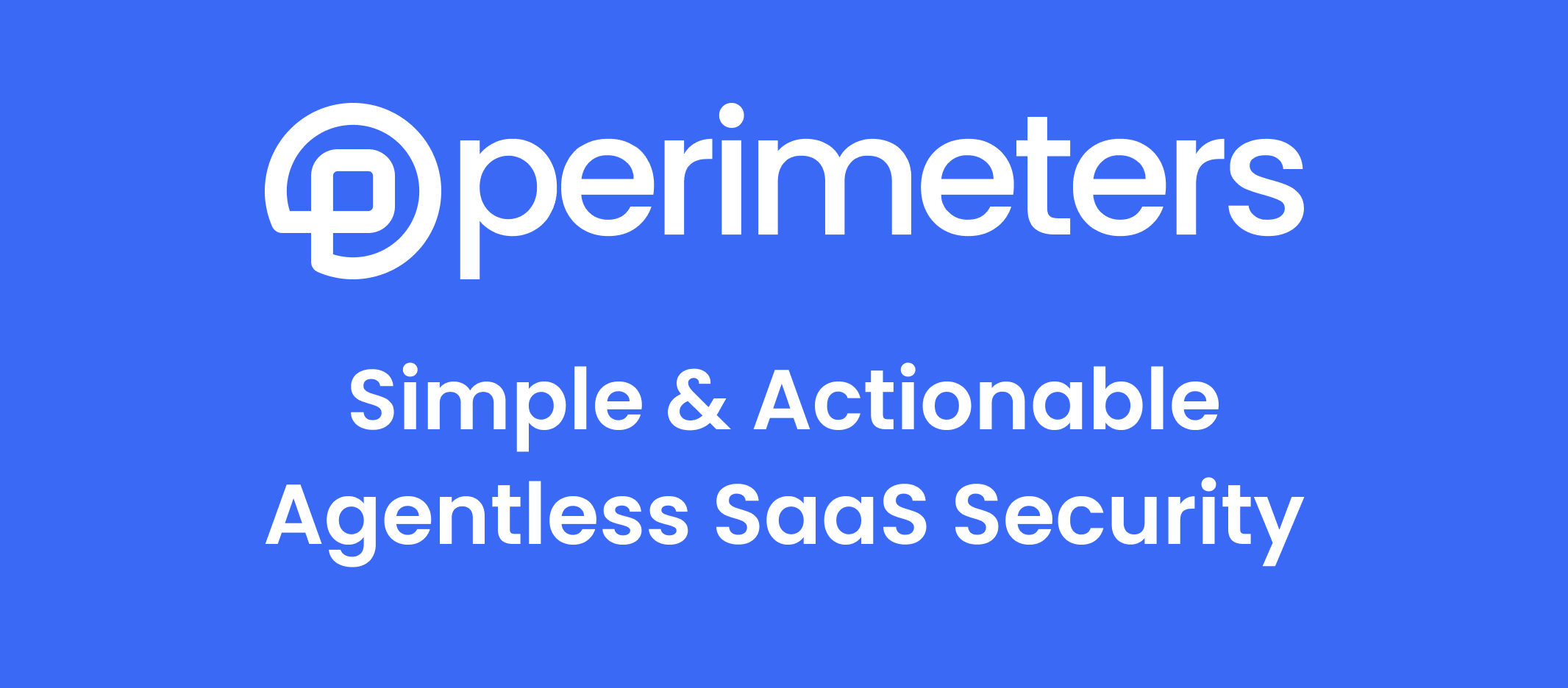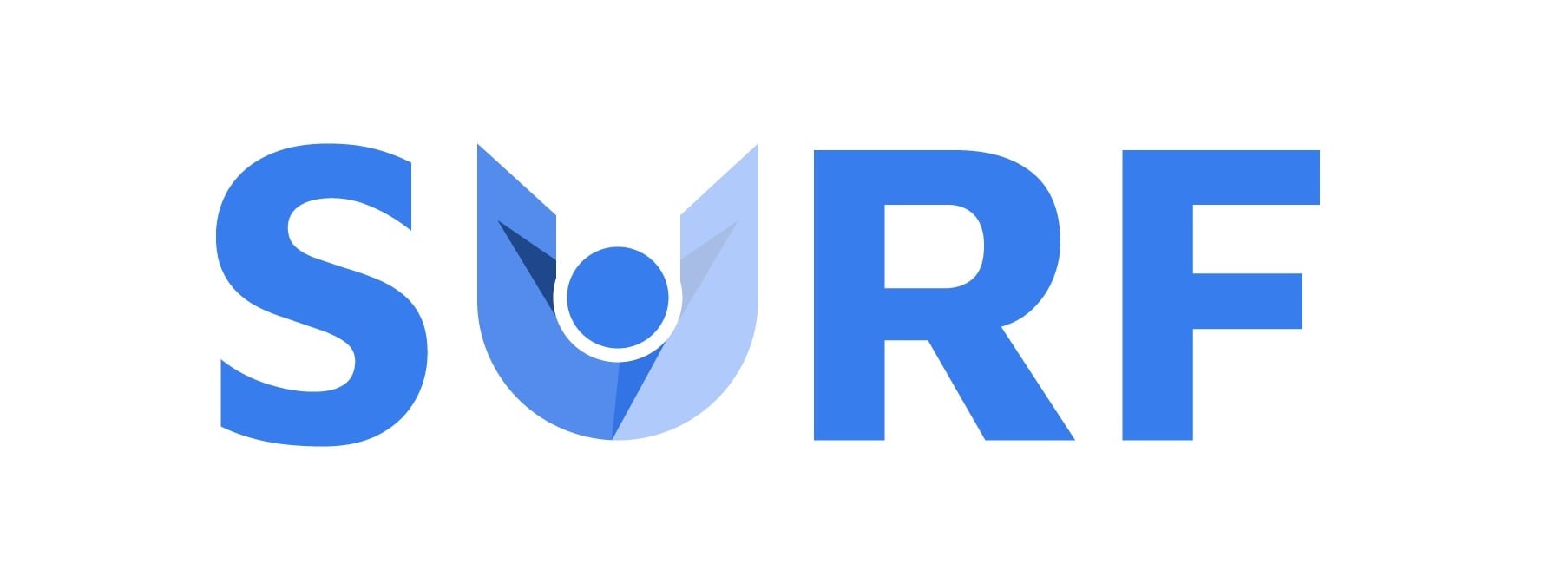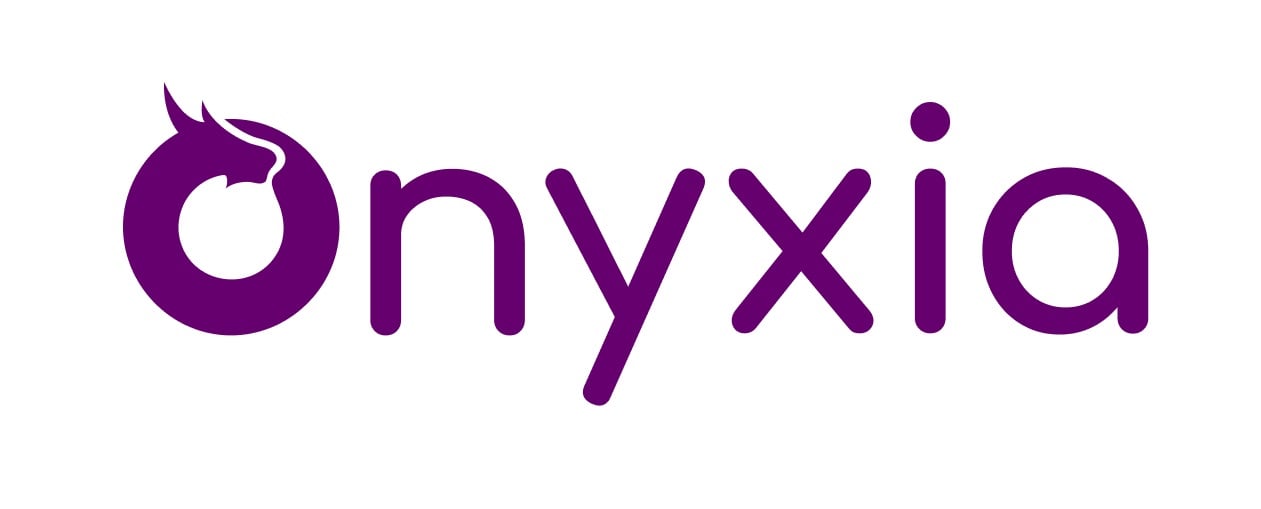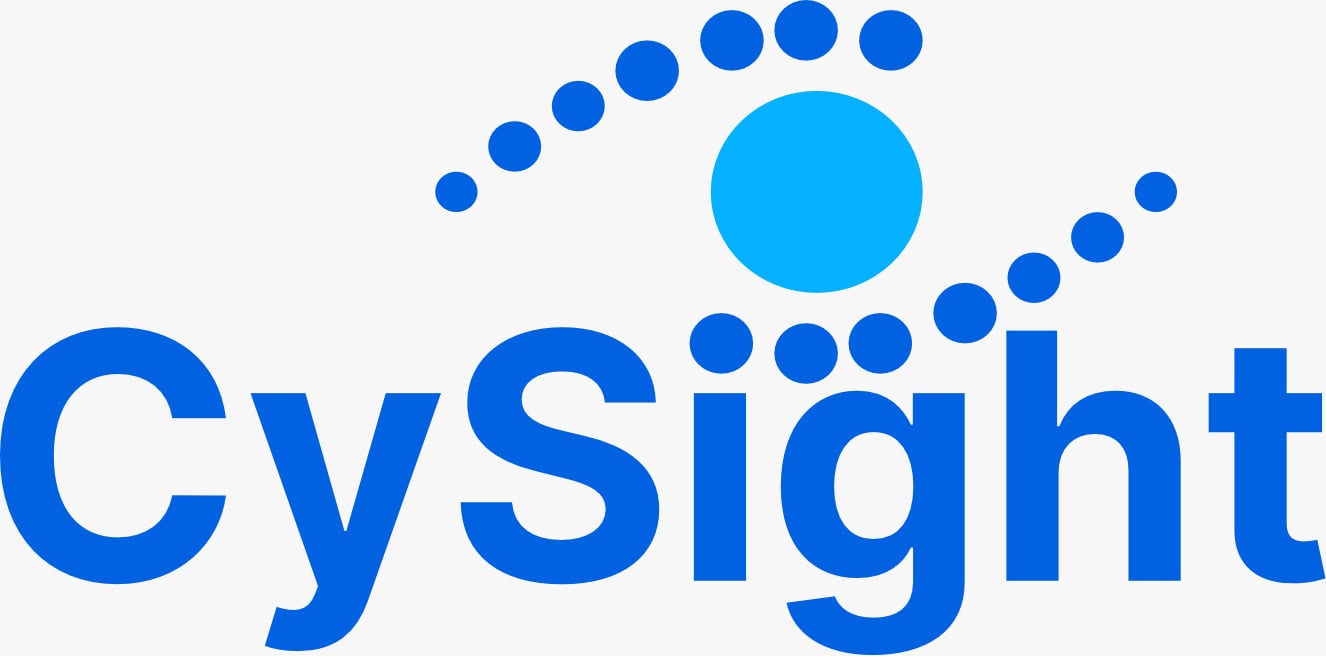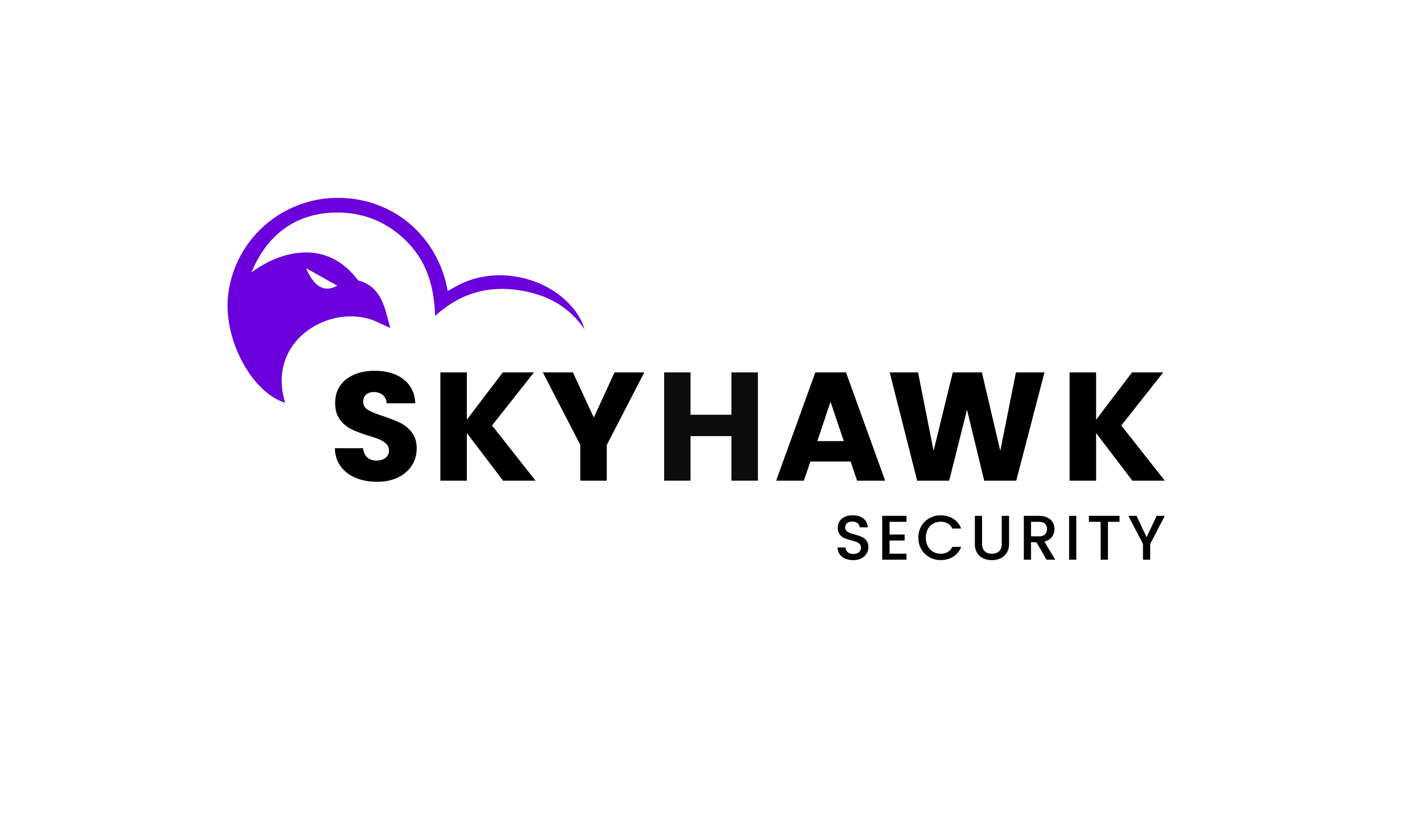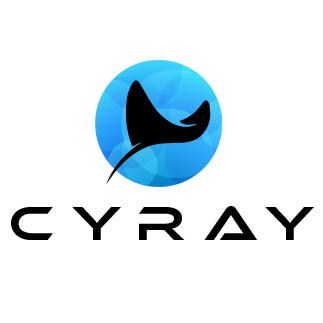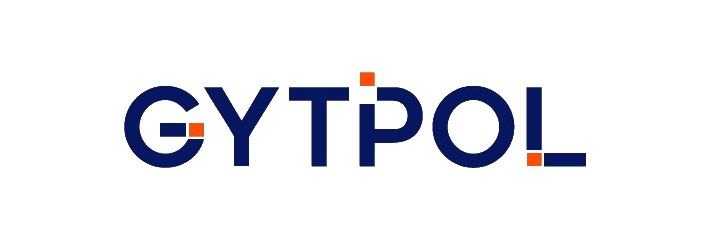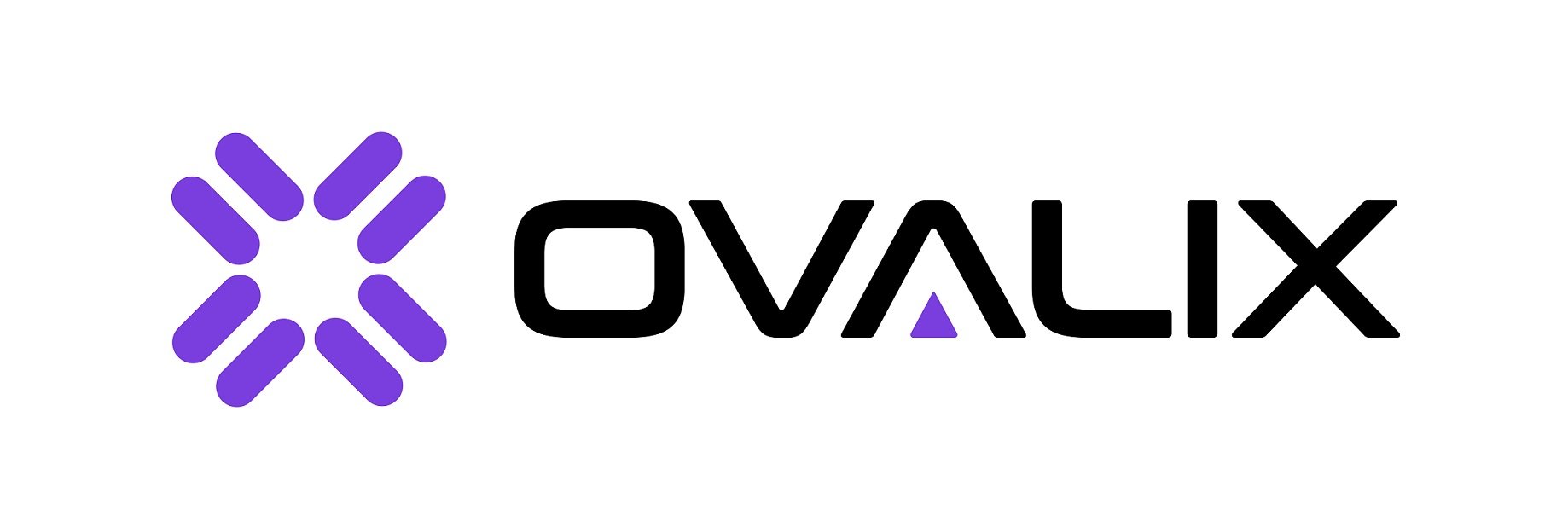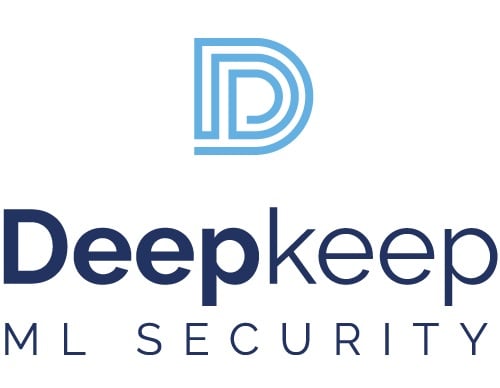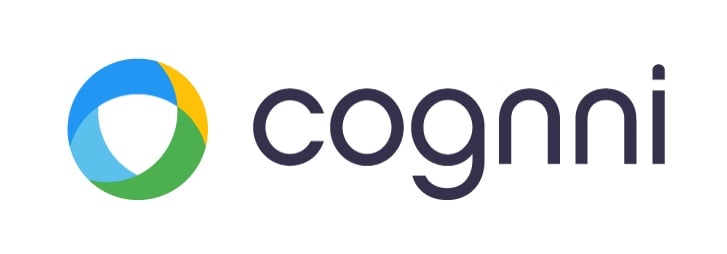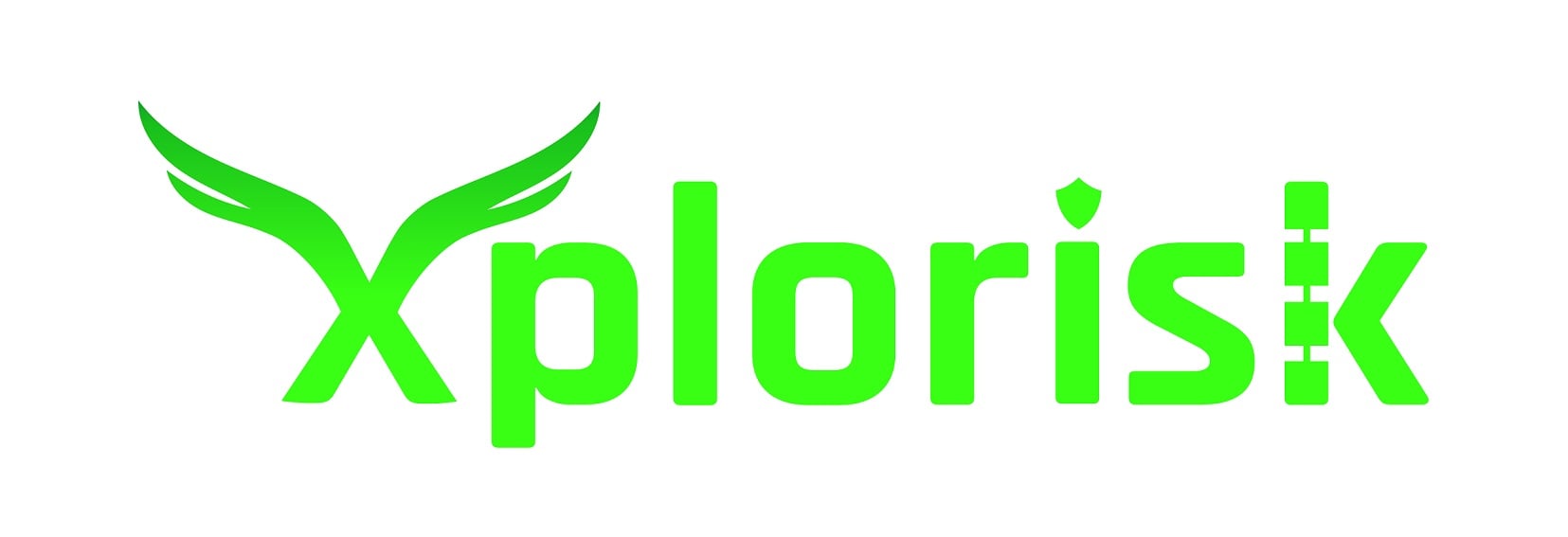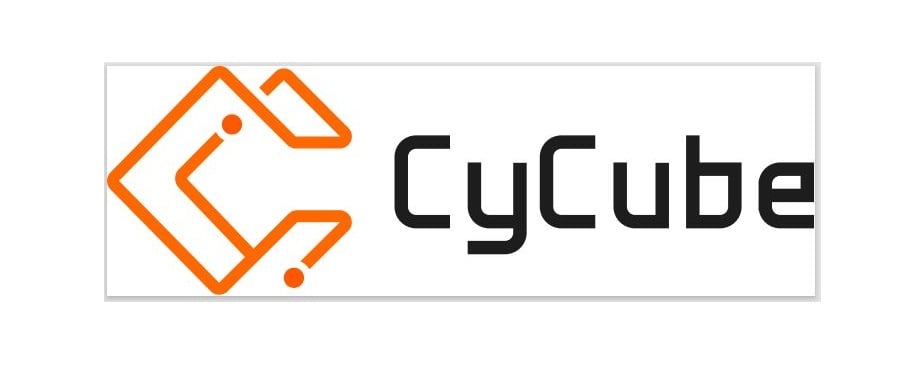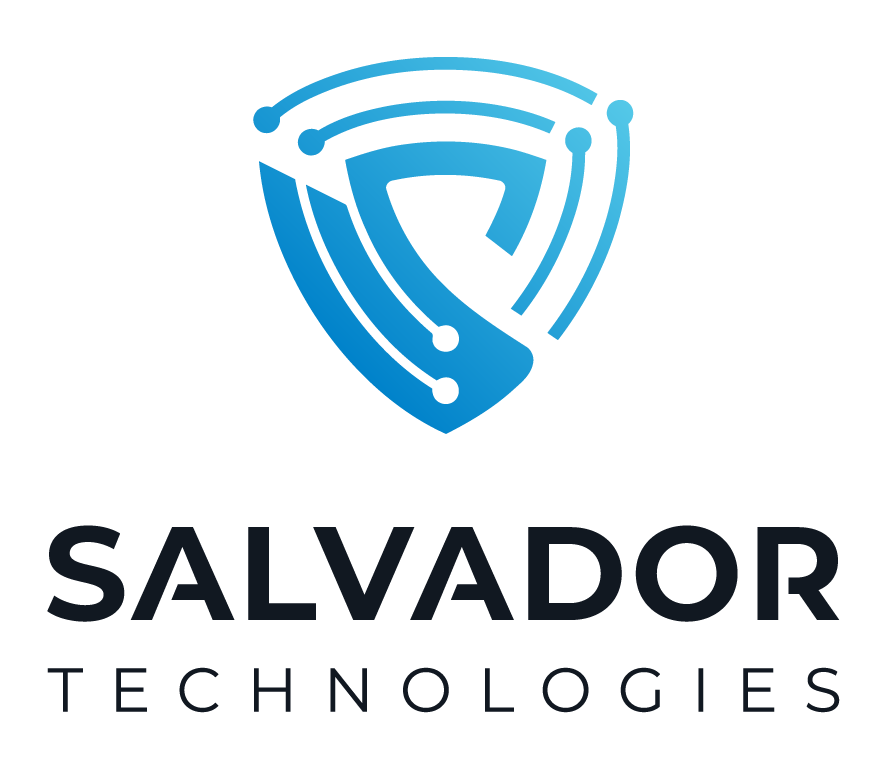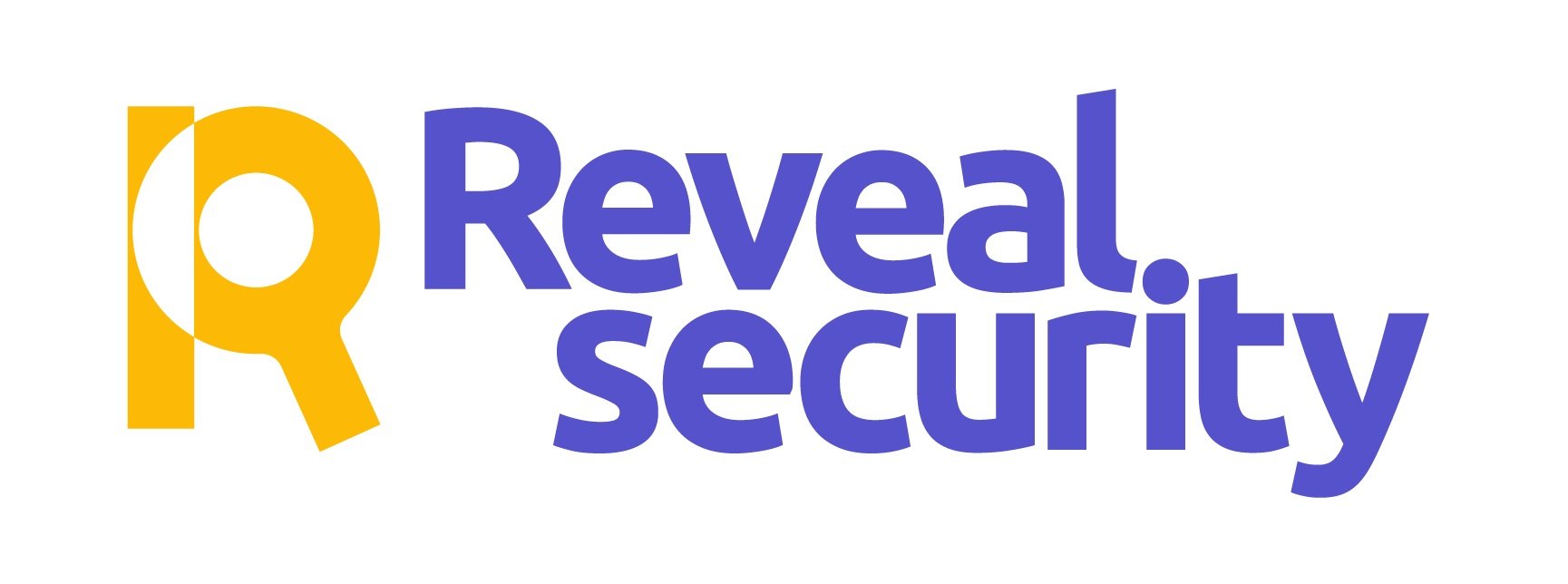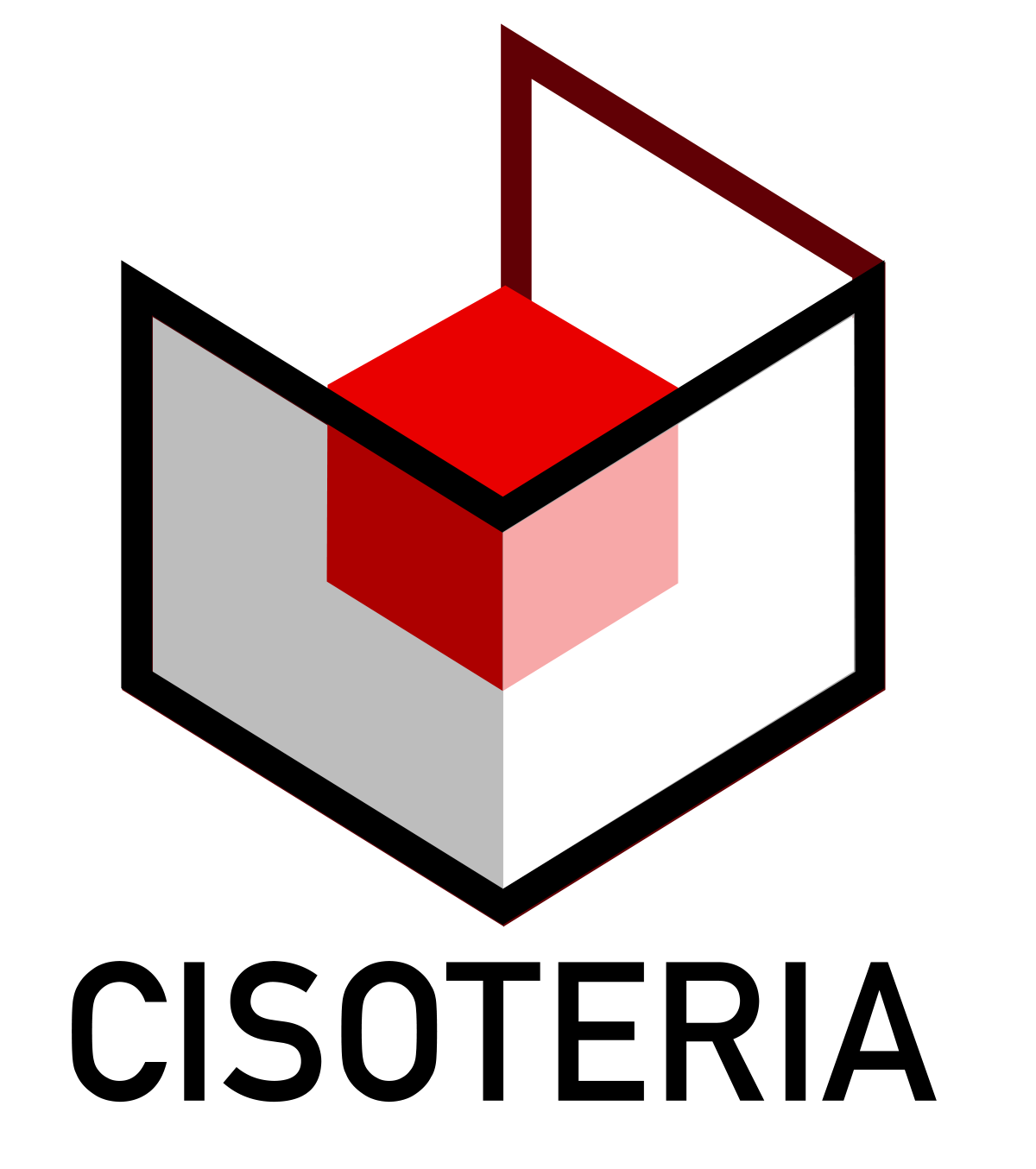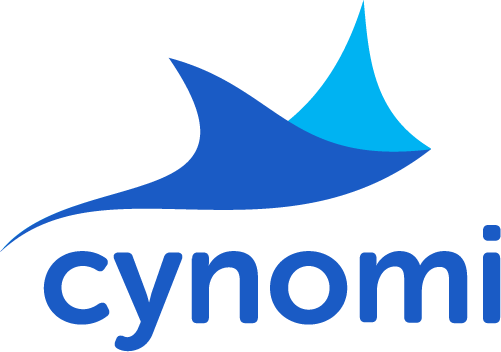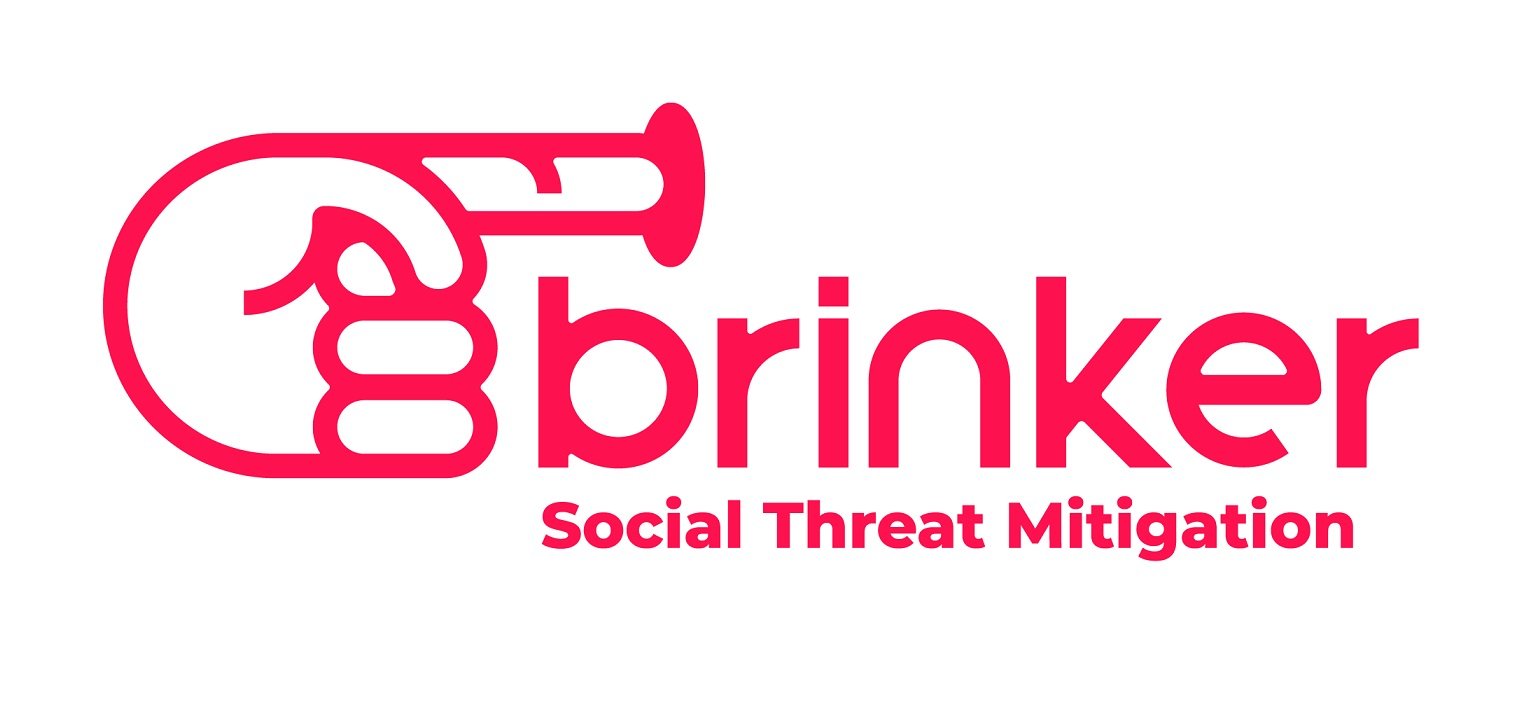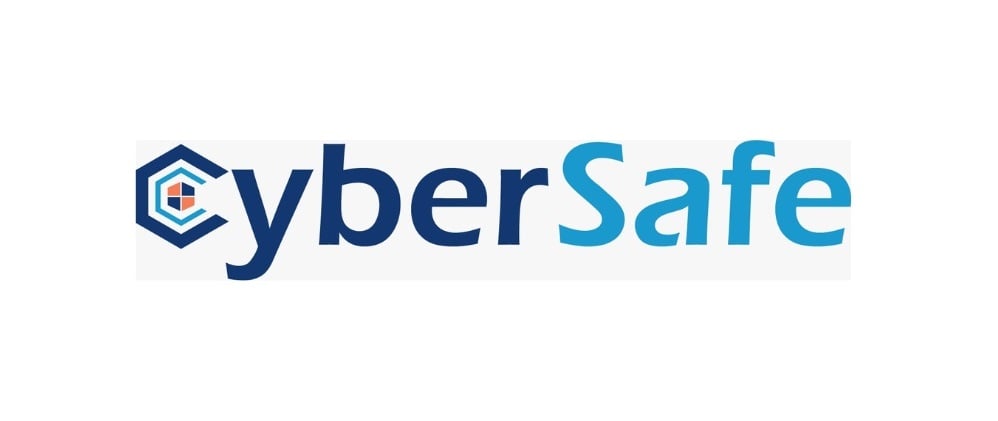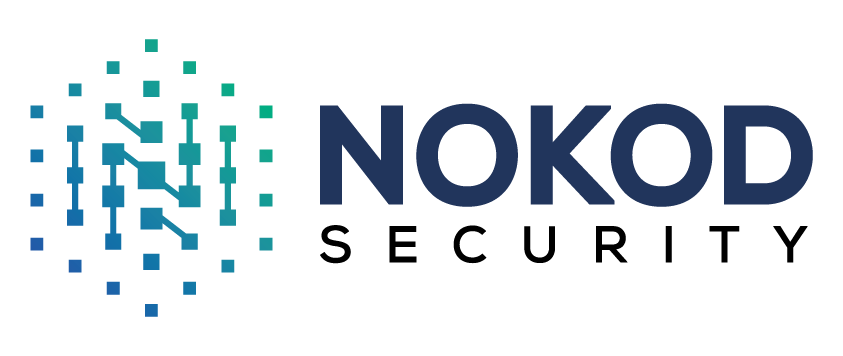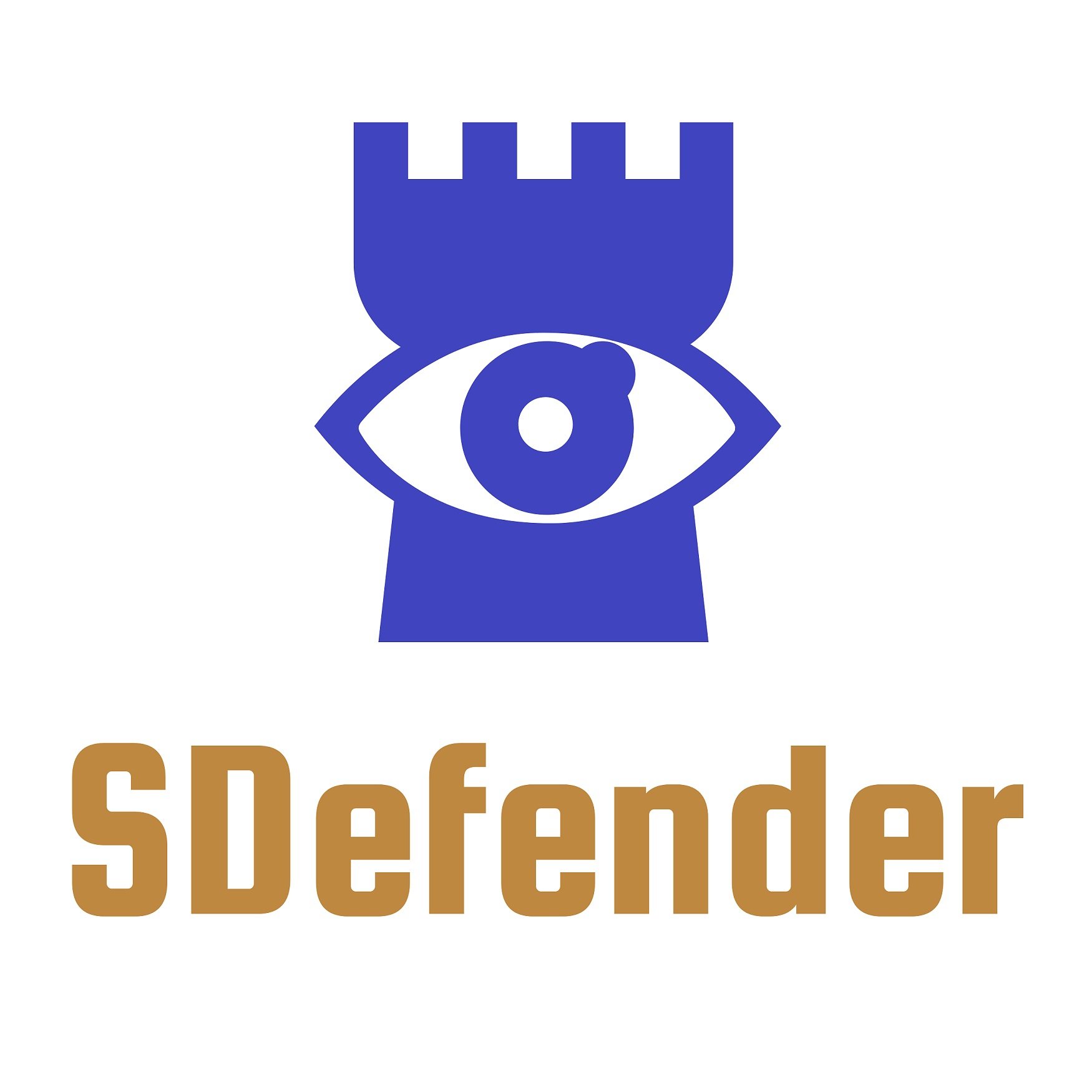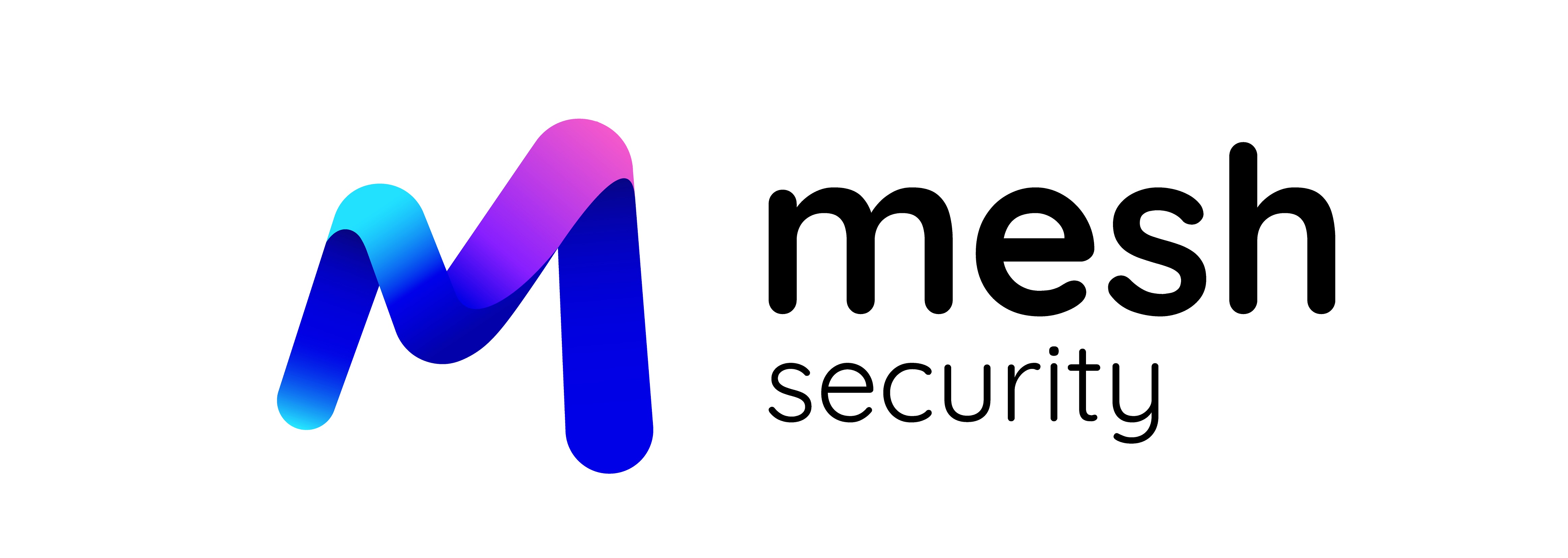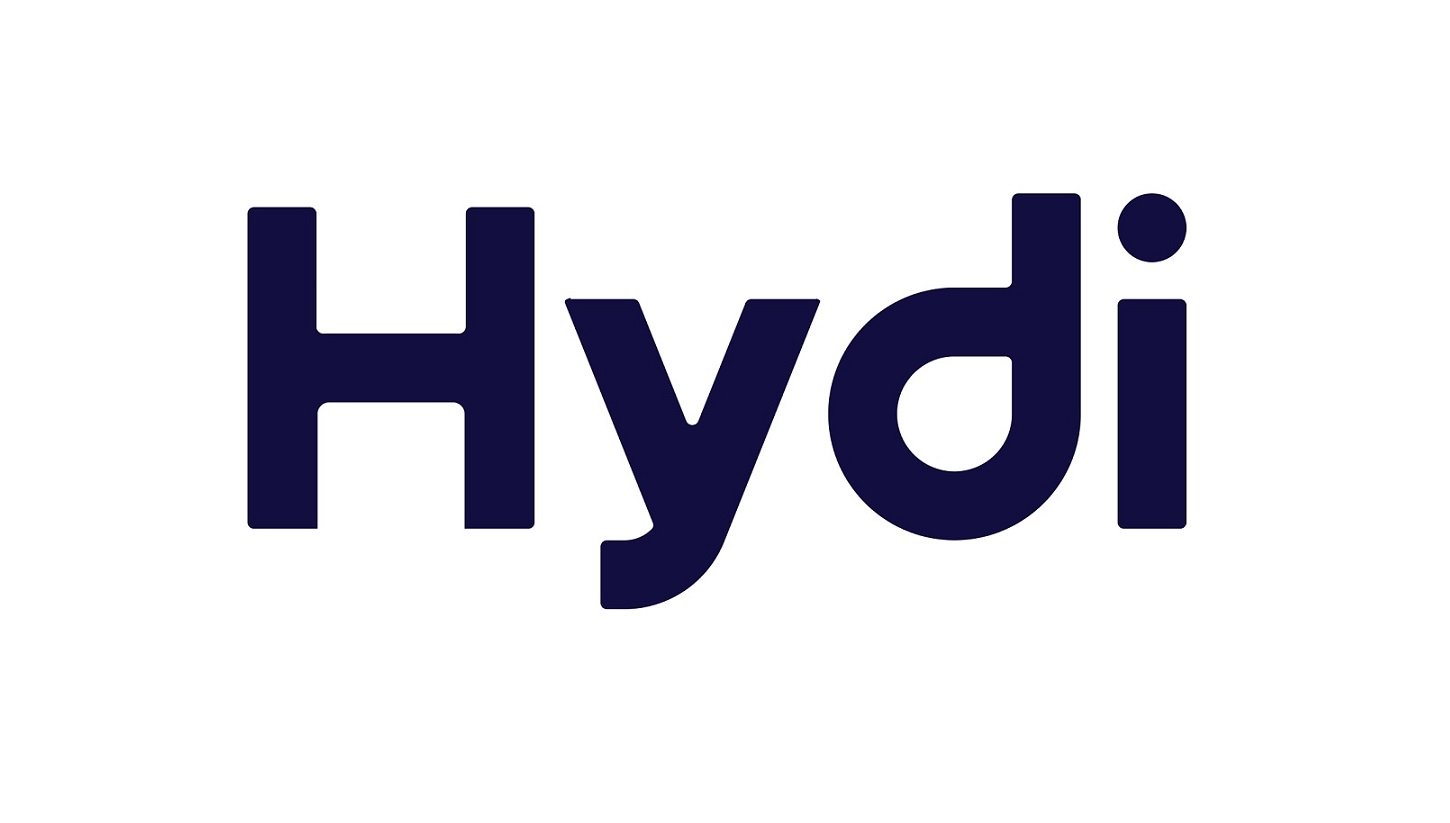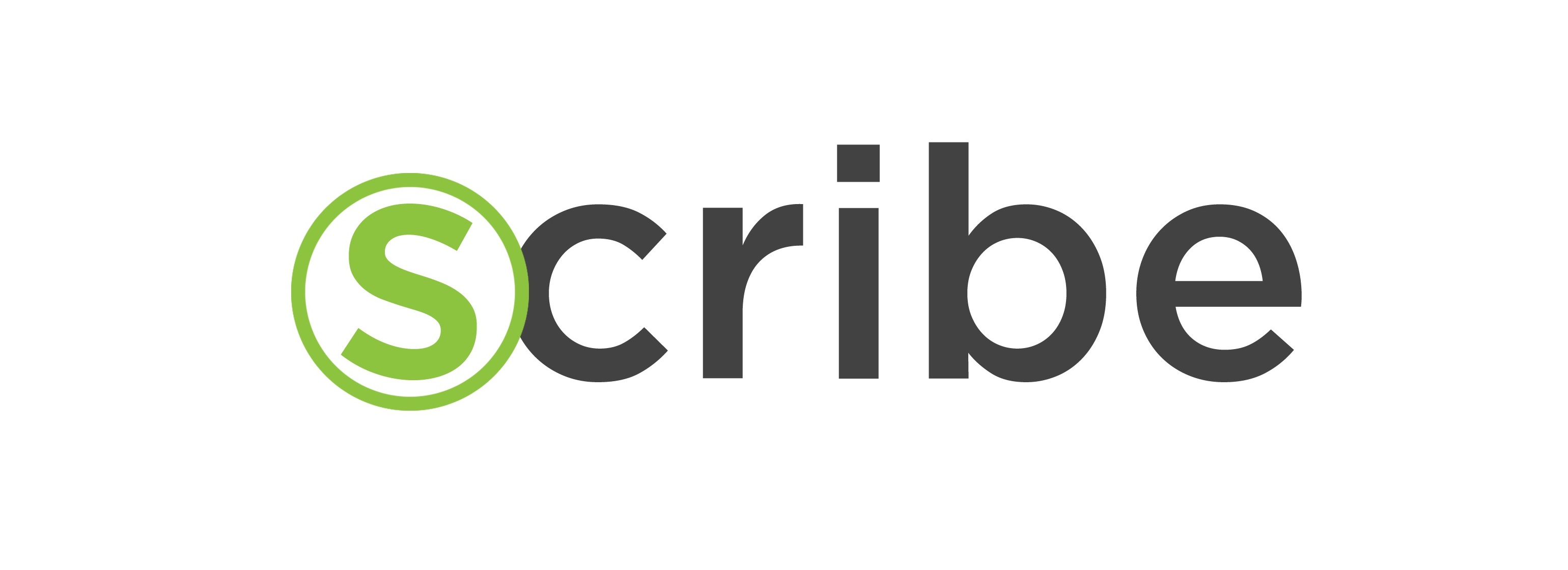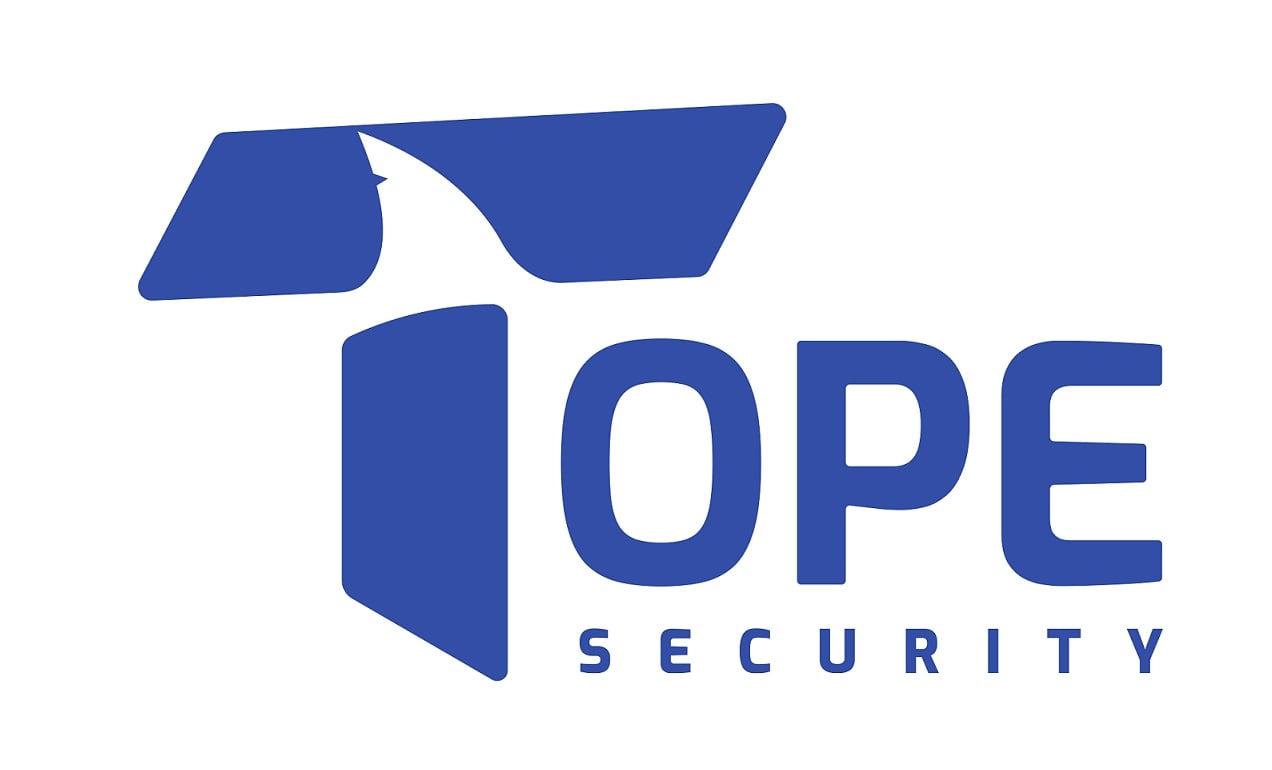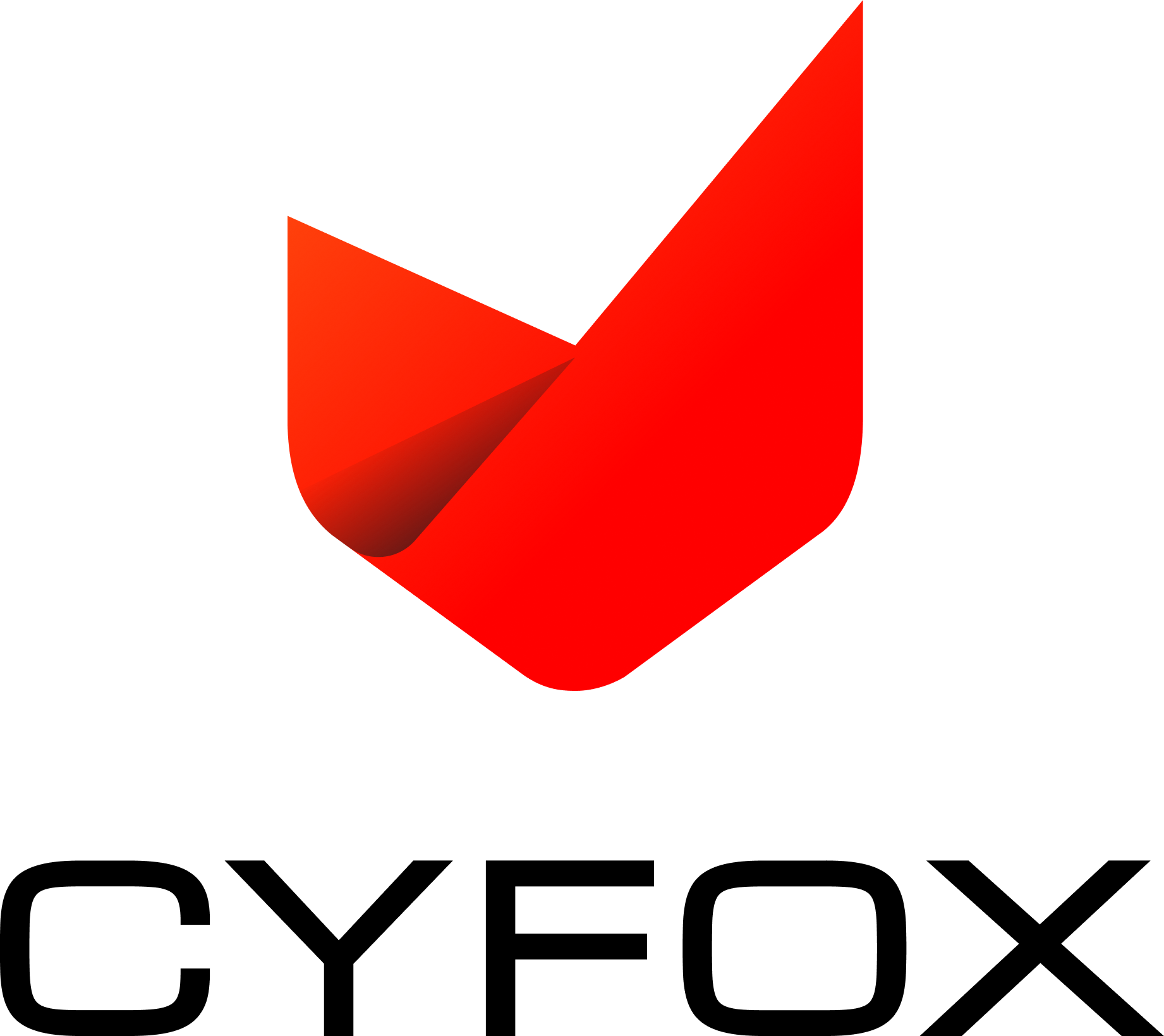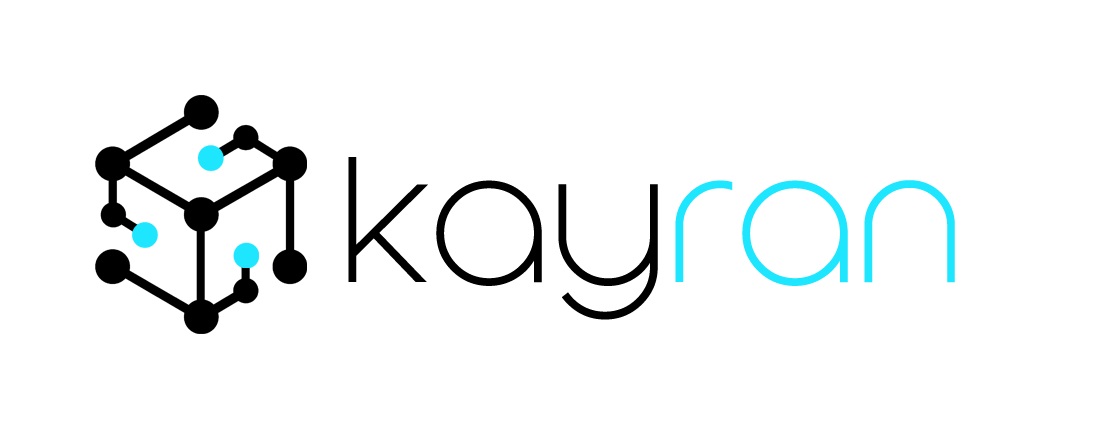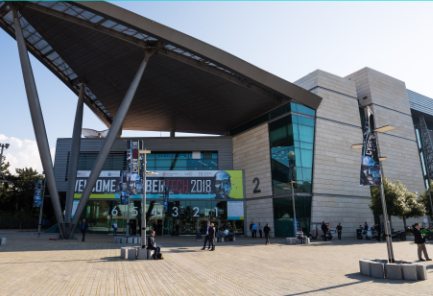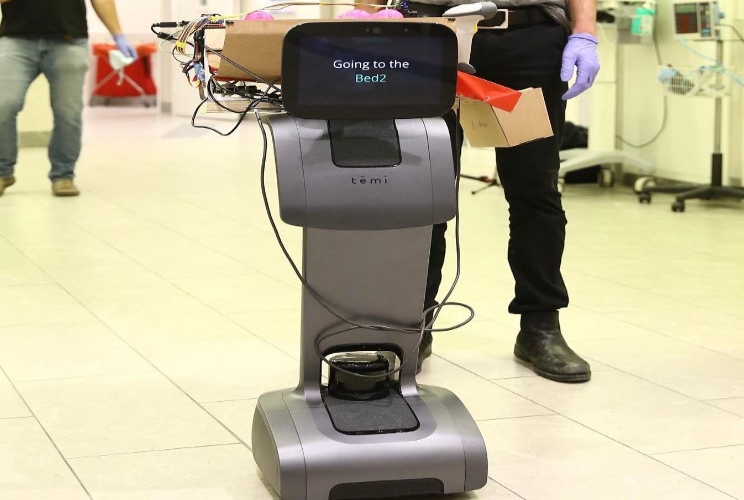
The company is endeavoring to rapidly develop solutions that can be tested and implemented in a matter of days, and using technology to protect medical staff from infection
From the very beginning of the Corona crisis, seven of Rafael’s development teams have been deployed at 11 Israeli hospitals, working non-stop to utilize and implement advanced technologies in the fight against COVID-19. Following a comprehensive review and mapping of the most critical needs, Rafael's efforts became focused on two main goals: Protecting the medical staff from infection through technological solutions ‒ and rapidly developing solutions that can be tested and implemented in a matter of days ‒ not weeks or months.
Minimizing Direct Contact with Corona Patients
A Corona Robot
Many routine nursing activities involve physical presence in patients’ rooms and hands-on contact with patients, increasing the threat of contagion. To reduce this risk, Rafael has added image processing and computer vision algorithms to an existing, off-the-shelf robot ‒ creating a Corona robot which can perform a number of routine nursing tasks, including distribution of food and medications, and enabling remote communication between nurses and patients via a screen. Utilization of facial recognition technologies, as well as information previously input by nurses, ensures that the robot distributes meals and medications to the right people, thus significantly reducing the need for nurses to enter corona patients’ rooms.
Thermal Cameras
In addition to distributing meals and medications, nurses also visit patient rooms multiple times per day to check patients’ body temperatures. In order to eliminate these visits, Rafael turned to the thermal cameras of its subsidiary, Opgal. Their highly sensitive cameras, which are used in the homing devices attached to Rafael's missiles, can detect and measure heat from a significant distance. Within a few days, Rafael developed special algorithms for the cameras that can measure body temperature. This unique solution can identify, at a distance, an unlimited number of people passing by the camera’s lens, with each person’s body temperature individually detected and monitored, without requiring them to stop in front of the camera to be checked. A pilot has been successfully completed at Bnei Tzion and HaEmek hospitals and the solution is now in operational use.
Data Transfer
One of the main reasons nurses enter patients’ hospital rooms is to check on and keep track of patients’ vital signs and the instrumentation readings on the various devices hooked up to the patient. These devices are divided into 3 types: ventilators, intravenous injection devices (IVs), and monitors measuring blood pressure, pulse, and oxygen levels. For this reason, Rafael's solution was divided into 3 parts ‒ with 3 different teams working on it.
One team tested the “communication channels” of the ventilators and IVs ‒ a very complex function for which accuracy is critical. Utilizing communication protocols, this team was able to transmit the data to medical personnel in a secure and encrypted manner.
Regarding the vital signs monitors, the challenge was much more complex since these devices don’t have a communication protocol ‒ and most of them are older models without connectivity capabilities. Therefore, Rafael developed a simple and effective solution using basic smartphones which are embedded with advanced image processing and detection algorithms (similar to Rafael’s missiles). These phones are placed in front of the monitors on special cradles and provide ongoing images of patient data from the monitors ‒ without interfering with their operation or their accuracy. This data is then transmitted to the medical teams, eliminating the need for any direct contact with the patients.
Rafael’s teams met yet another challenge. In order to allow physicians to keep track of their patients’ conditions in real time, even from home, Rafael developed an encrypted, cloud-based application that enables secure access to a database of all patient metrics, and can be viewed from any location. The application handles an unlimited number of metrics and can perform advanced statistical analyses of the data.


